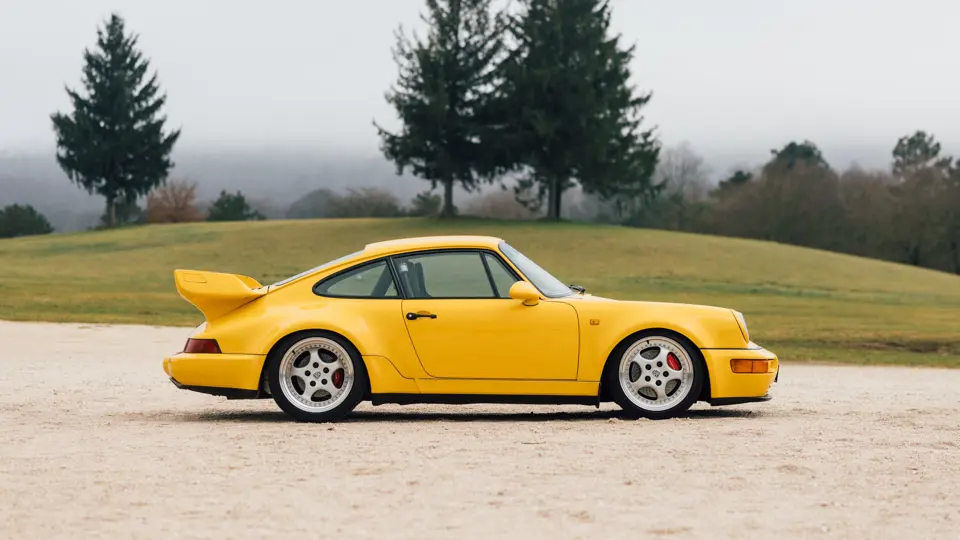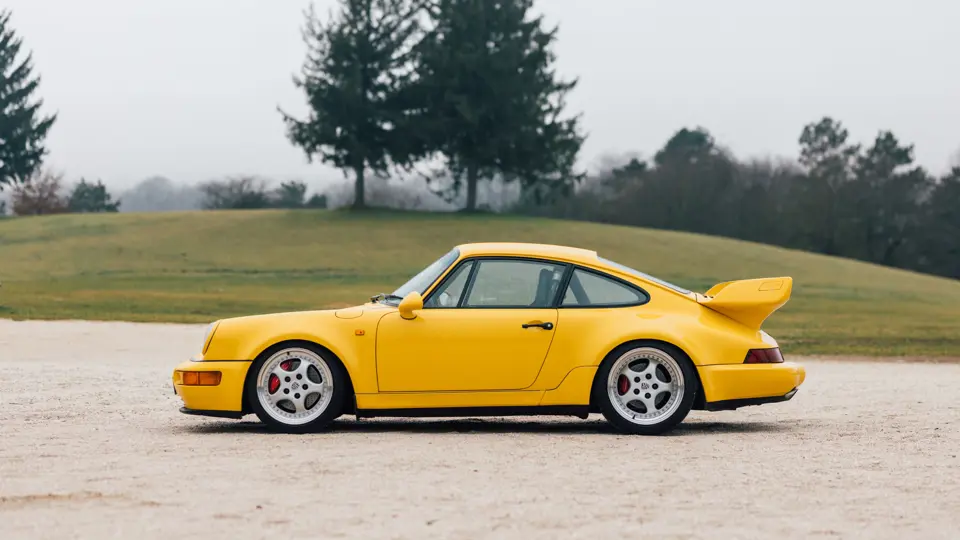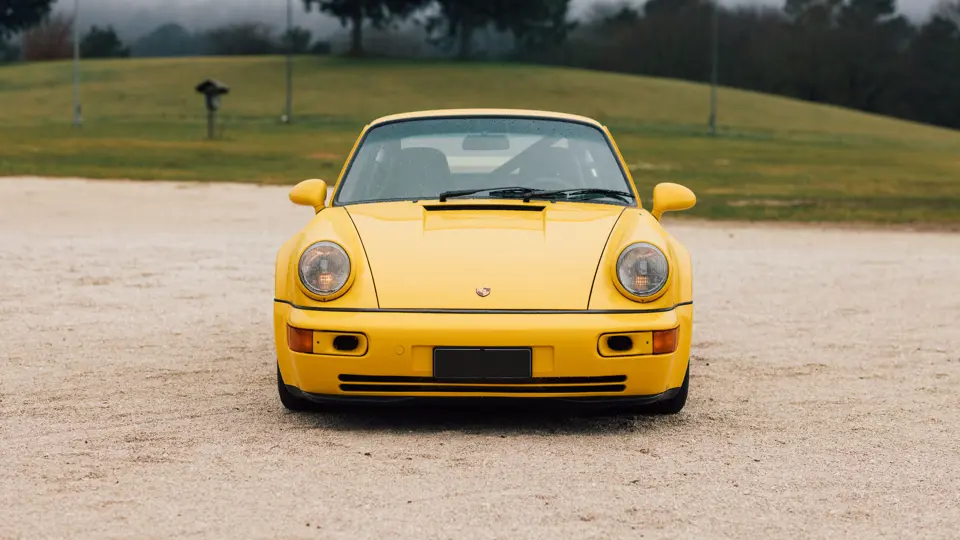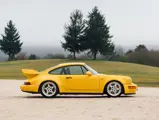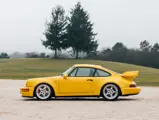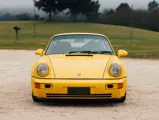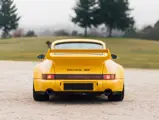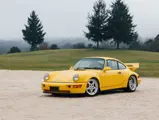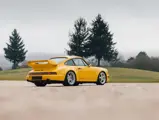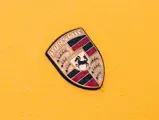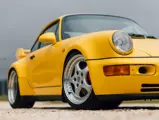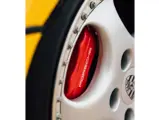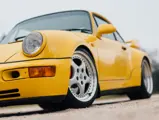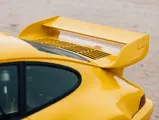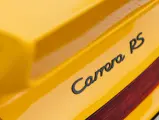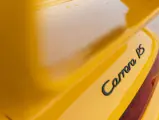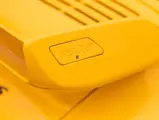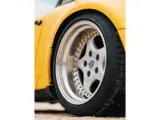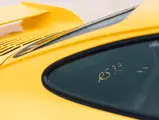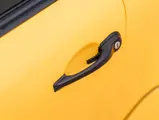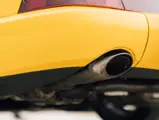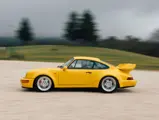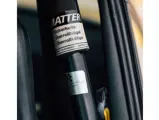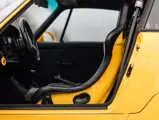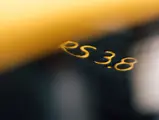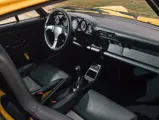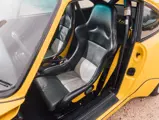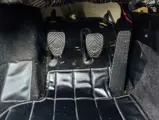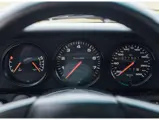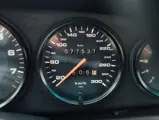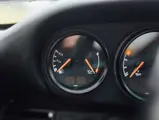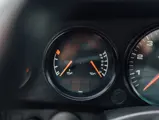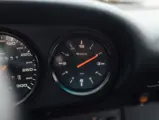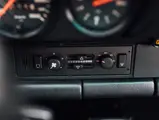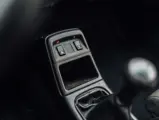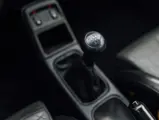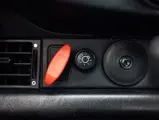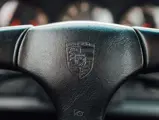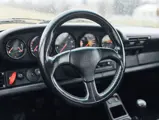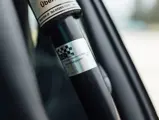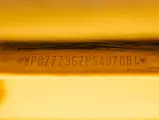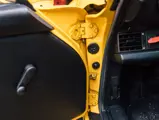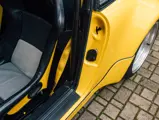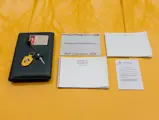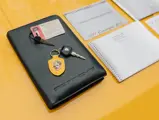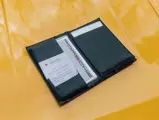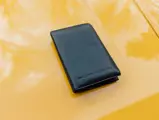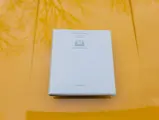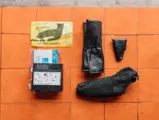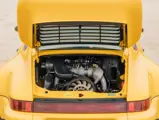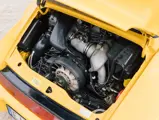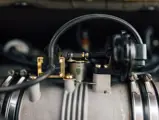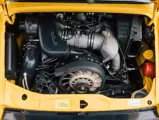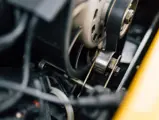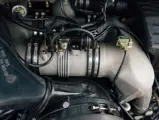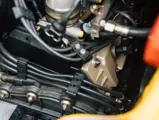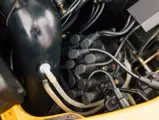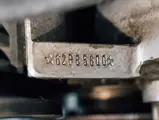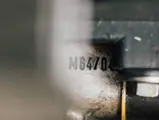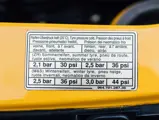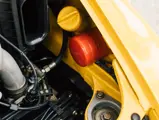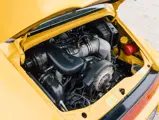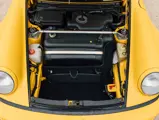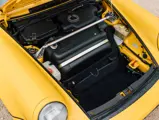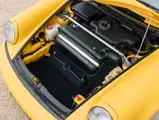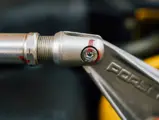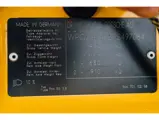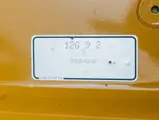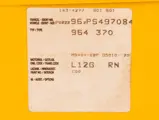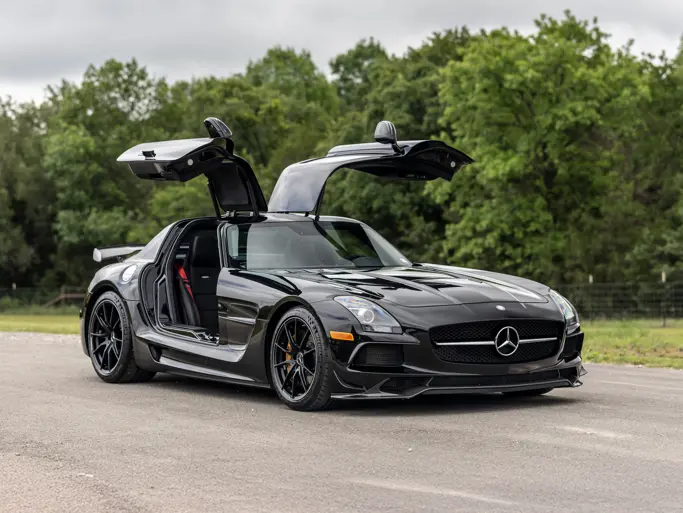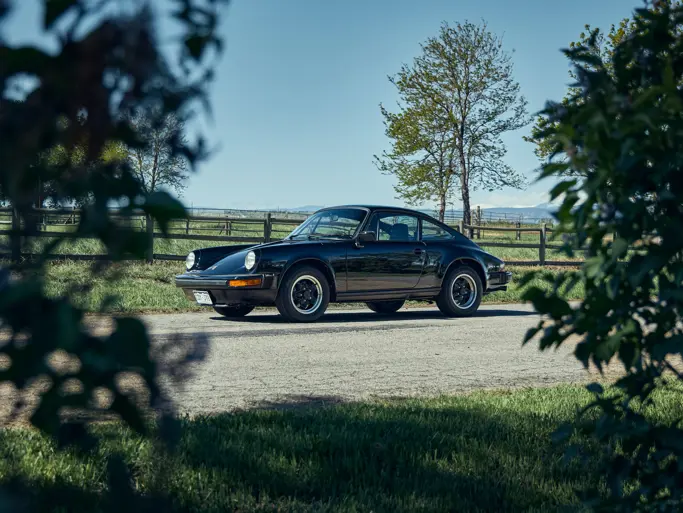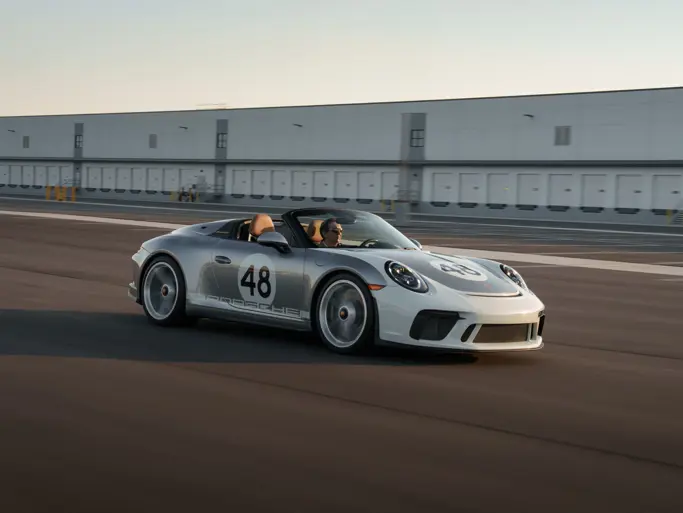
1993 Porsche 911 Carrera RS 3.8
{{lr.item.text}}
€875,000 EUR | Asking
{{bidding.lot.reserveStatusFormatted}}
- One of just fifty-five 911 Carrera RS 3.8s built; one of twelve finished in Speed Yellow
- German delivery example, sold directly from Weissach’s Customer Racing Department to Porsche Zentrum Bielefeld
- Offered from fourteen years of single ownership
- Recent documented inspection by Porsche Classic Centre Padua Est
The 911 Carrera RS 3.8 was the homologation base for a new racing car based upon the 964-generation of Porsche’s 911 that would comply with the international GT class requirements. This car was designed under the supervision of Weissach-based engineers Roland Kussmaul (who enjoyed a forty-year career at Porsche working in the motorsport department and later developing Cup cars and some of Porsche’s finest road cars, including the 993 GT2 and Carrera GT) and Jürgen Barth (former head of Porsche’s Customer Support Department).
Every Carrera RS 3.8 started life as a bare Turbo bodyshell, transported to the Porsche’s racing department in Weissach to be hand-built by Kussmaul’s team. Wherever possible all the brackets and mounts for unnecessary components and pieces of trim were removed to reduce the sprung weight. To compensate for the wide bodyshell’s increased heft, Kussmaul specified his homologation special with aluminum doors to complement the aluminum boot-lid from the RS 3.6. The RS 3.8 boasted the familiar RS front spoiler, but with an extra-lip added to provide increased downforce and the standard RS 3.6 faux driving-light lenses removed to make way for a brace of gaping intakes that fed the car’s dual oil cooler. At the rear, sat a newly designed, one-piece, fiberglass rear deck and a massive six-setting adjustable wing, replete with evocative “RS 3.8” scripting stamped into the upright pylons. Like the standard RS 3.6, the 3.8’s side and rear windows were fitted with thinner 3mm gauge glass, as opposed to the usual 4.7mm. When it was finally bolted together, the 3.8 RS would weigh in at an incredible 1,140 kg dry.
To improve body control, the adjustable rear anti-roll bar was beefed up to 21mm compared to the standard RS’s 18mm, whereas the same adjustable 24mm rollbar used previously on the RS 3.6 was retained for the RS 3.8’s front end, alongside the addition of a strut brace to aid handling. Suspension componentry was still provided by Bilstein, but Weissach had worked closely with them to come up with different spring and dampening rates compared to the RS 3.6 that would provide a firm race-oriented ride with steadfast control.
To ensure that his homologation car had enough stopping power, Kussmaul decided to raid Zuffenhausen’s parts bins and bolt on the biggest set of brakes Porsche had at its disposal. Taken straight off the Turbo 3.6, the 3.8’s front end was fitted with a set of four-piston aluminum calipers alongside 322mm cross-drilled and vented discs. At the rear, the same 299mm discs seen on the RS 3.6 were utilized alongside calipers derived from the Carrera Cup model. Optimised for higher thresholds, ABS was fitted as standard, and power steering was deleted to save weight. To complete the rolling chassis, a set of stunning three-piece Speedline alloys were specified, measuring 9- and 11-inches front and rear.
The most significant advances were found in the beating heart of the RS 3.8. Designated M64/04, the new engine represented a comprehensive re-working of the RS’s 3.6-litre unit. To achieve a swept volume of 3,746 cc, the cylinders were bored out from 100mm to 102mm, while retaining the standard 76.4mm stroke. Special lightweight pistons with shorter wrist pins and reduced head height served to trim down the reciprocating masses within the RS 3.8 and, in conjunction with a set of six individual throttle bodies positioned closer to the inlet ports, did much to improve its pick-up and throttle response.
At the top end, a custom inlet manifold directed air to a bank of six 51.5mm valves (up from 49mm), which were actuated by lightweight rockers that benefited from a new fine-casting technique, exhaust was managed through a twin-pipe system and a set of exhaust valves that had been enlarged from 42.5 to 43.5mm.
To manage the RS 3.8’s performance, Weissach simply uprated the G50/10 five-speed gearbox that previously served the RS 3.6. Although the same ratios were applied, steel synchro cones were installed, along with heavier springs in the single-plate dry clutch. Also fitted was a 40/40 limited-slip differential—the standard 20/20 percent locking item couldn’t provide enough traction. A lightweight, solid mass flywheel was also fitted to sharpen throttle response.
Only fifty-five Carrera RS 3.8s were hand-built in addition to forty-nine RSRs, just enough to satisfy the FIA’s homologation requirements of 100 cars in total. Although the FIA specified that only one road car needed to be built, Porsche knew that a limited run of road cars would bring the company much-needed revenue.
Built for the 1993 model year, the Carrera RS 3.8 offered here is one of just twelve examples originally finished in Speed Yellow (L12G), one of Porsche Motorsport’s most iconic hues. Inside, the seatbacks and seat belts are finished in Speed Yellow to match the exterior, and the interior is trimmed in black leather alongside contrasting grey seat inserts and black carpet. Delivered through Porsche Zentrum Bielefeld in October 1993, it is noted that the car was exported to Japan before being returned to Europe in 2007.
Acquired by the consignor in 2011 and imported to Italy, having previously been registered in Sweden, the car has been looked after on a regular basis by Marrocco Motorsport, a well-known independent Porsche workshop located in Fondi, Italy. Nearly 30,000 km has been accumulated in the consignor’s ownership, with Marrocco regularly looking after the car since the consignor’s purchase. The car’s last service was carried out by Marrocco Motorsport in December 2022 which consisted of an engine removal for checking and set up of every mechanical component, new spark plugs, clutch change, and the fitment of four new tyres. The car has been driven approximately 1,000 km since the completion of the service. Most recently the car has undergone an inspection at Centro Porsche Classic Padova Est, which can be viewed in the car’s history file. Showing just under 77,600 km from new at the time of cataloguing, it would revel in well-balanced road and track use.
Considered by many to be one of the finest iterations of Porsche’s venerable 964-generation 911, their motorsport lineage is undeniable and as such, allow their fortunate driver a truly incredible experience behind the wheel. Ready to be enjoyed by its next owner, this exotic and ultra-rare 911 would sit perfectly alongside any collection of RS or GT-series Porsches.
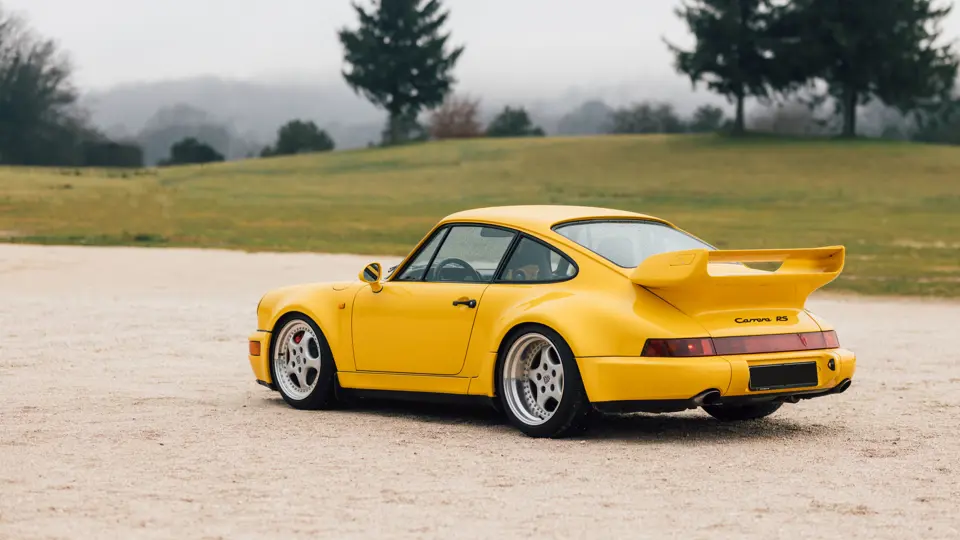
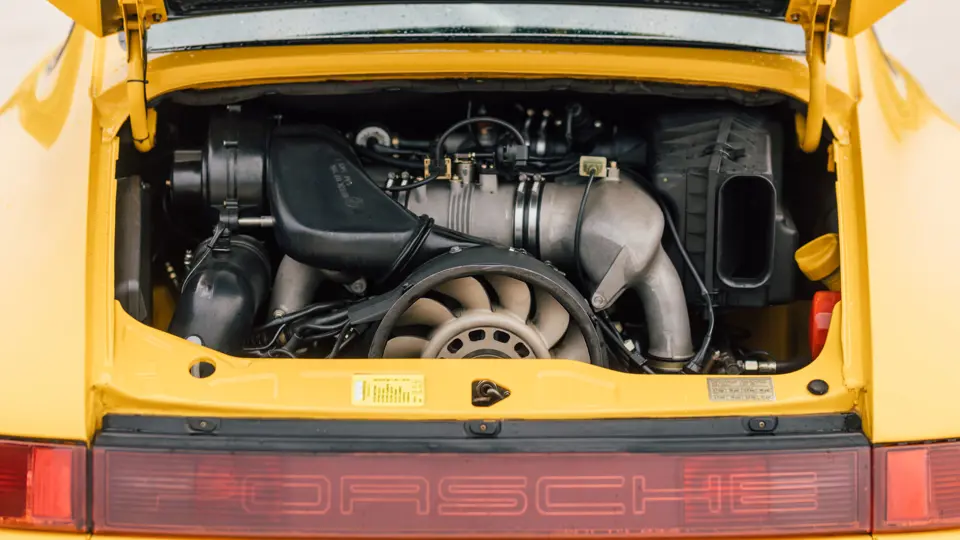


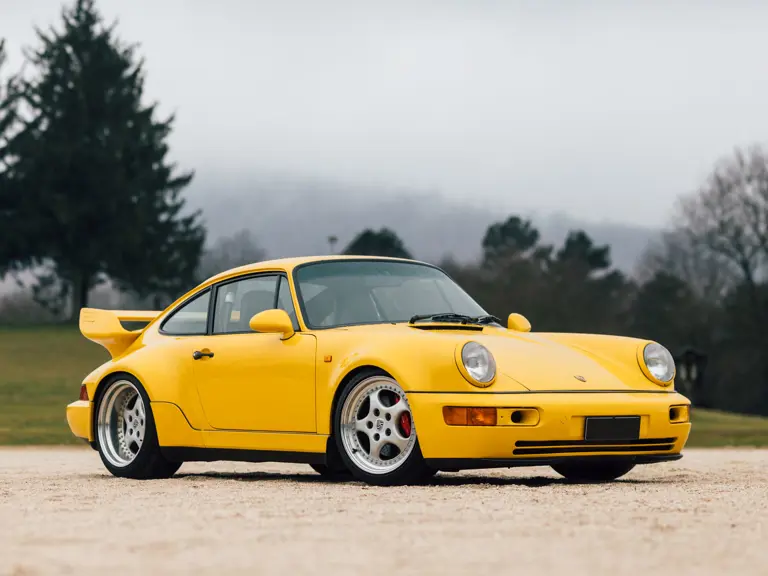
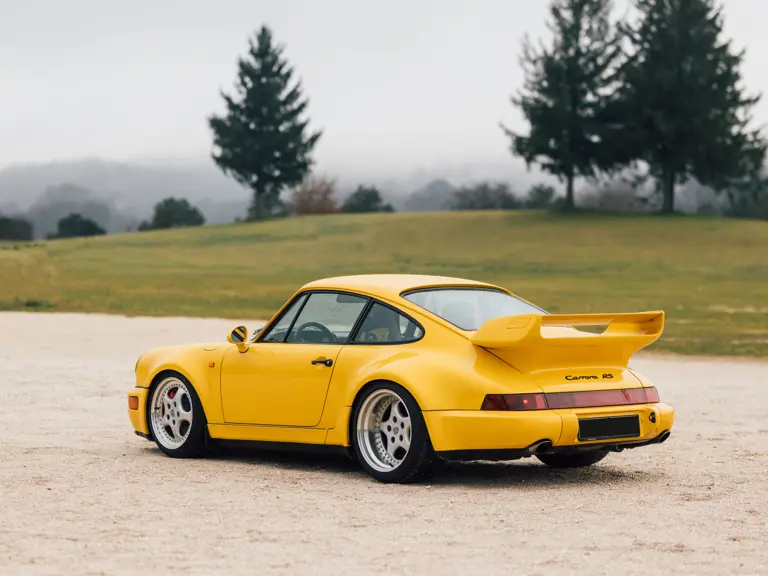
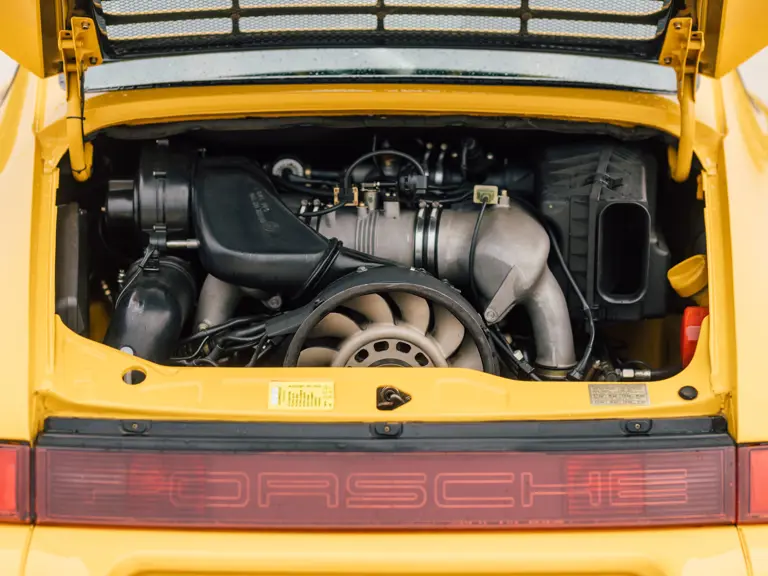
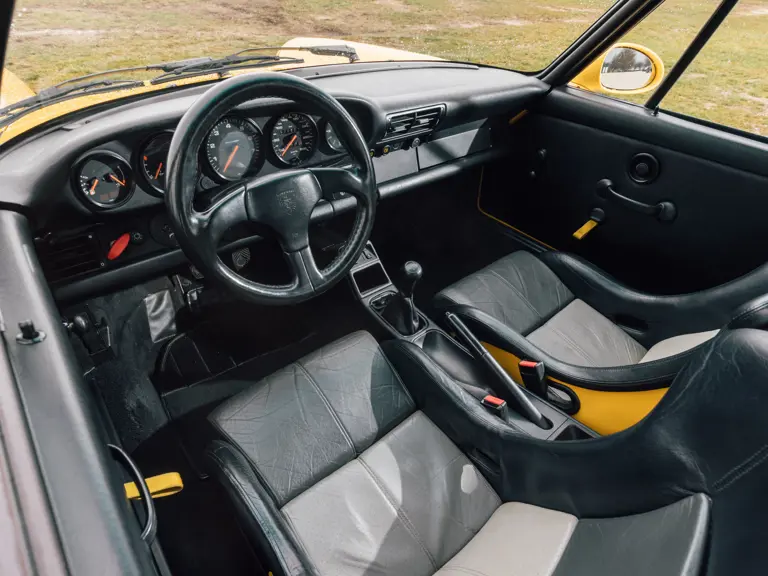
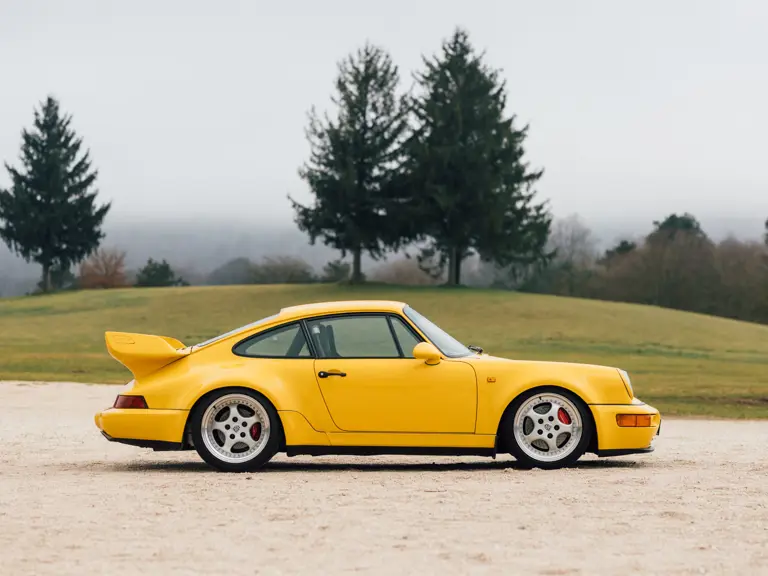
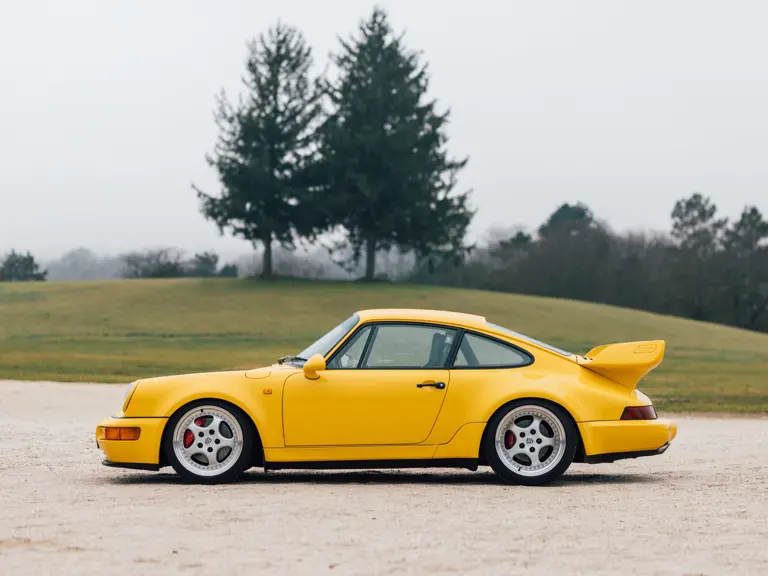
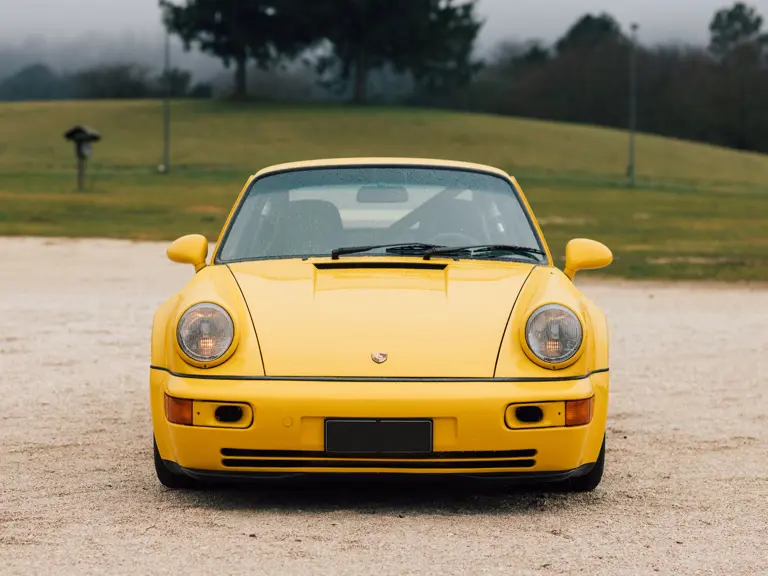
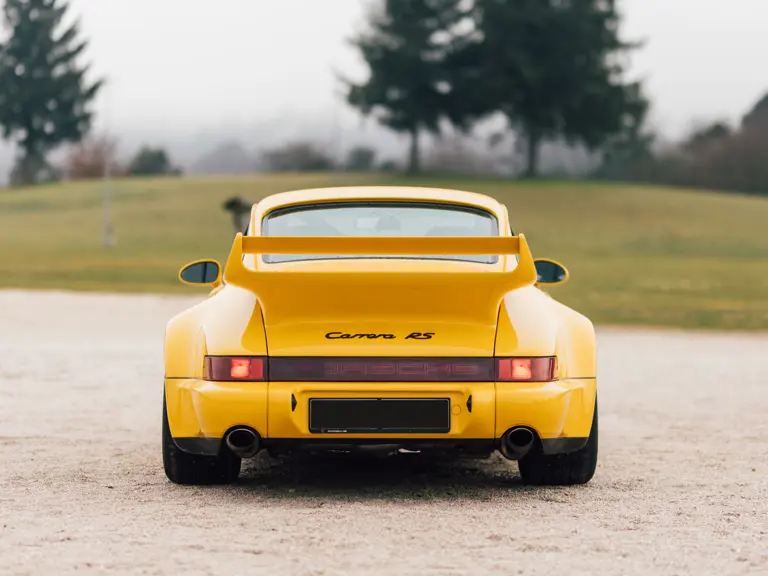
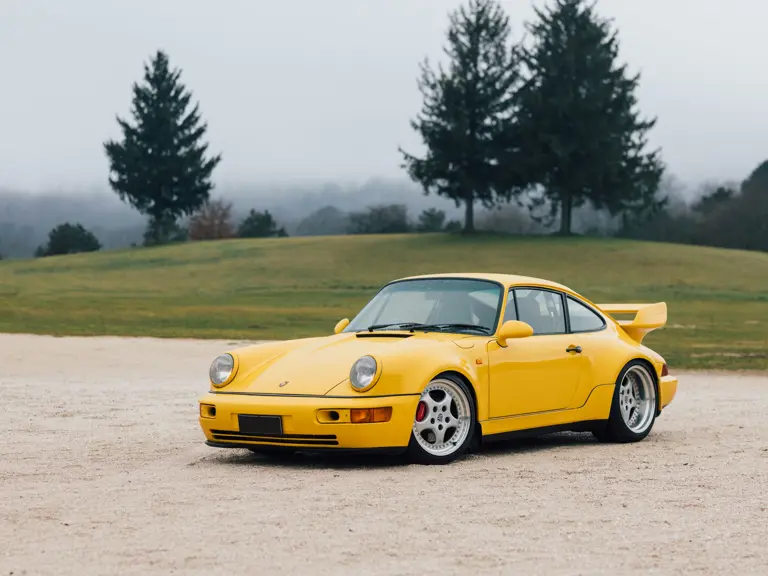
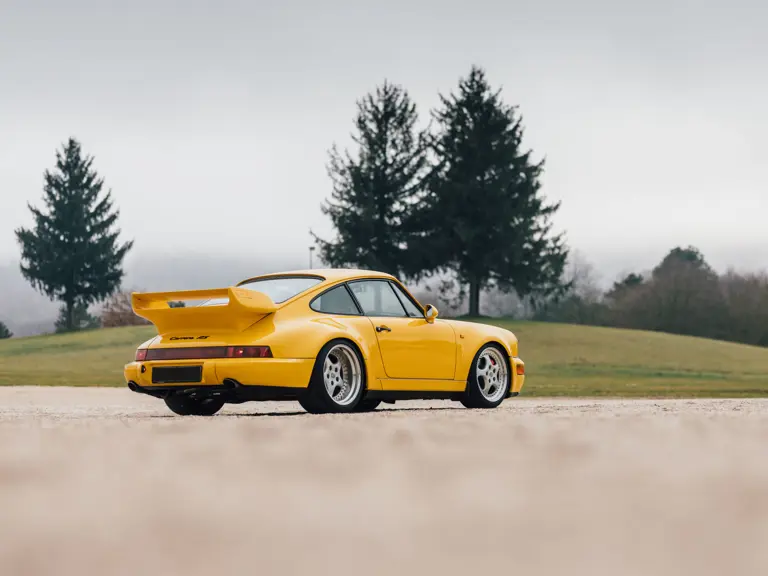
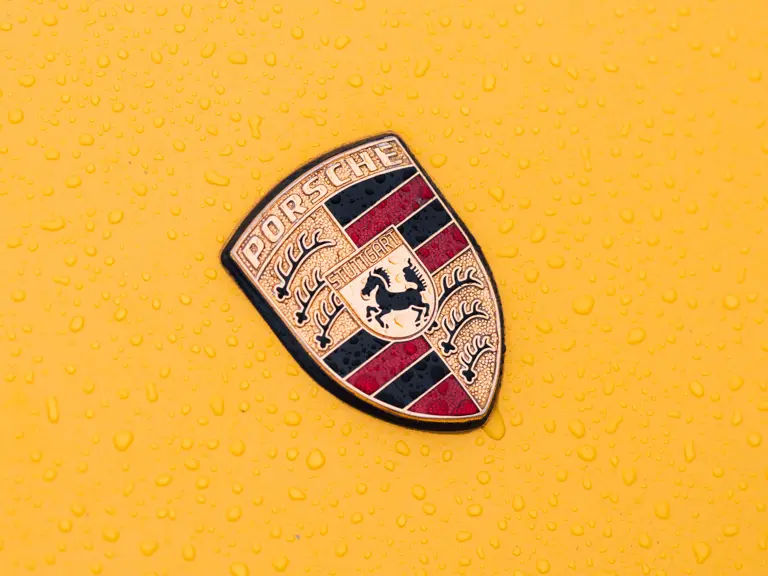
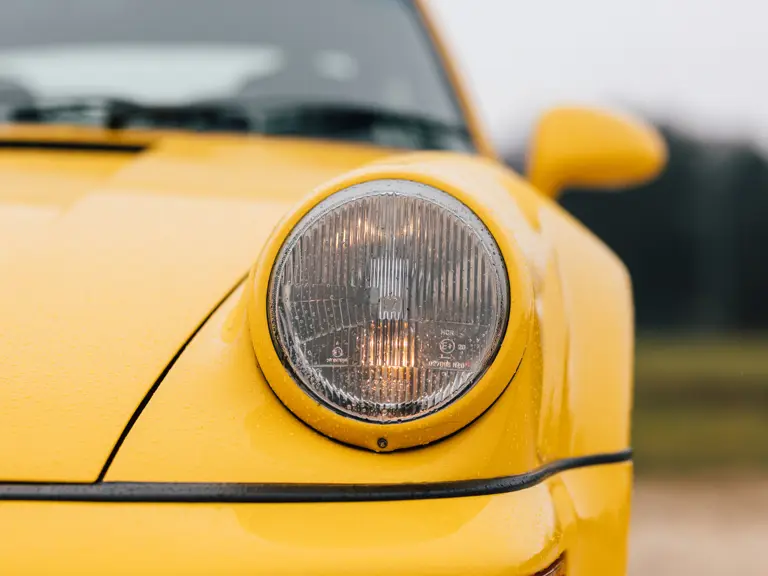
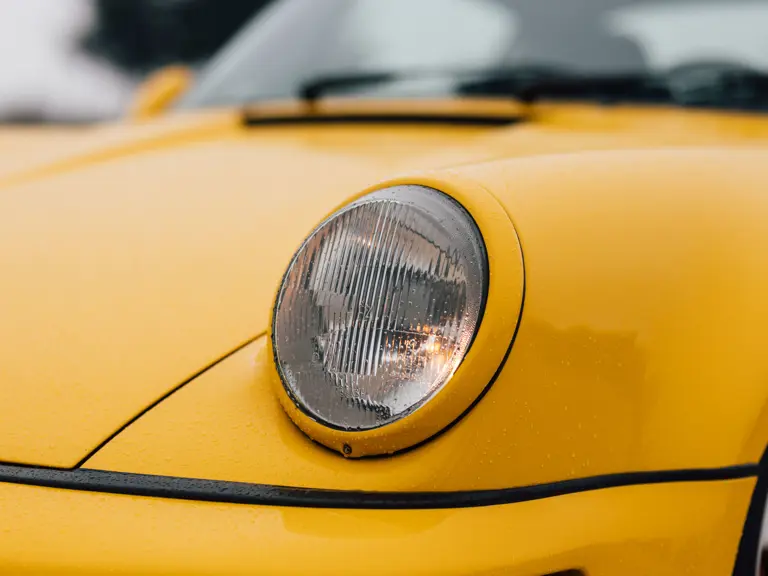
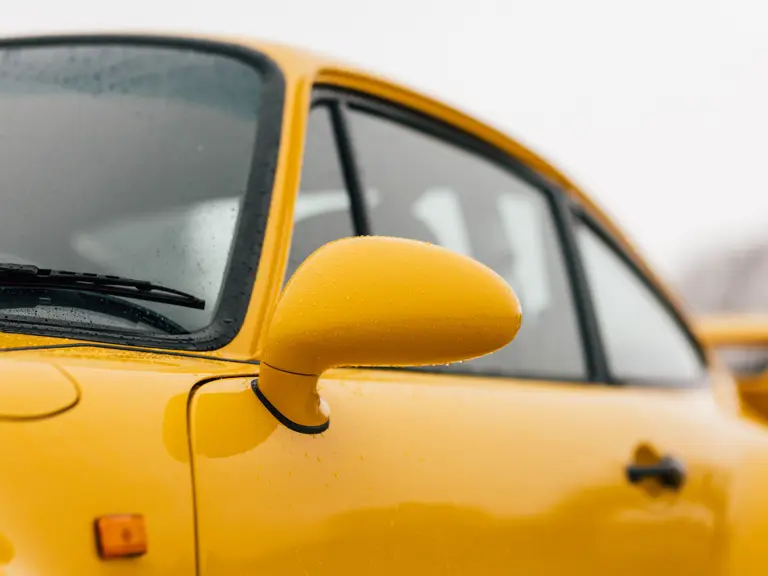
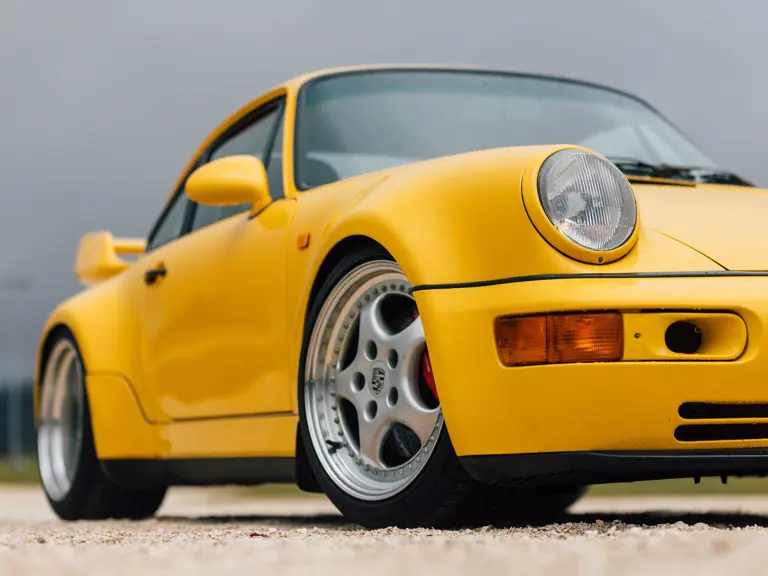
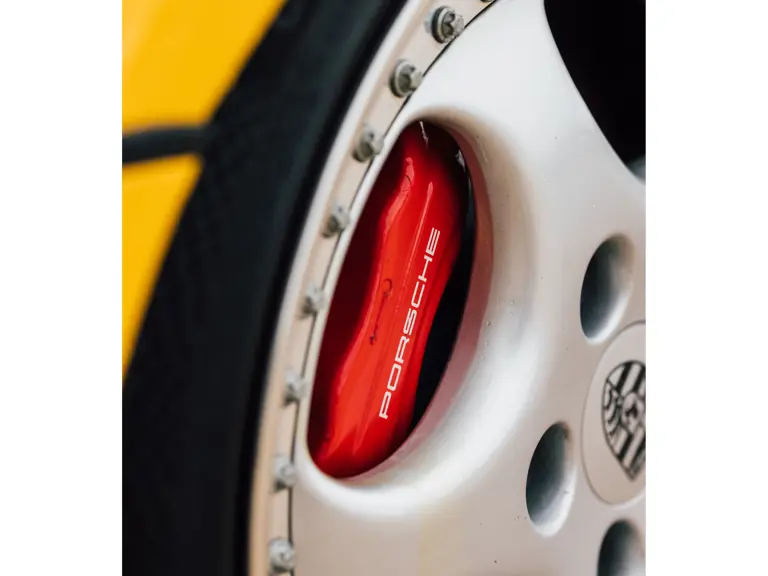
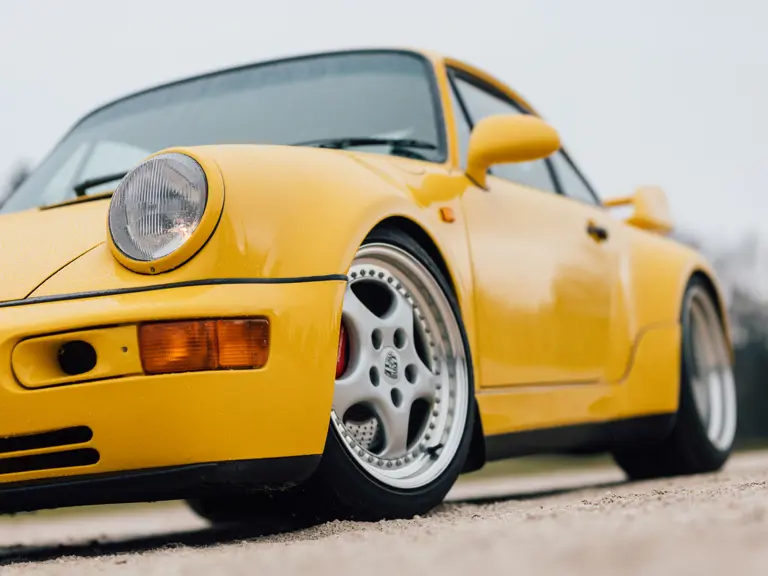
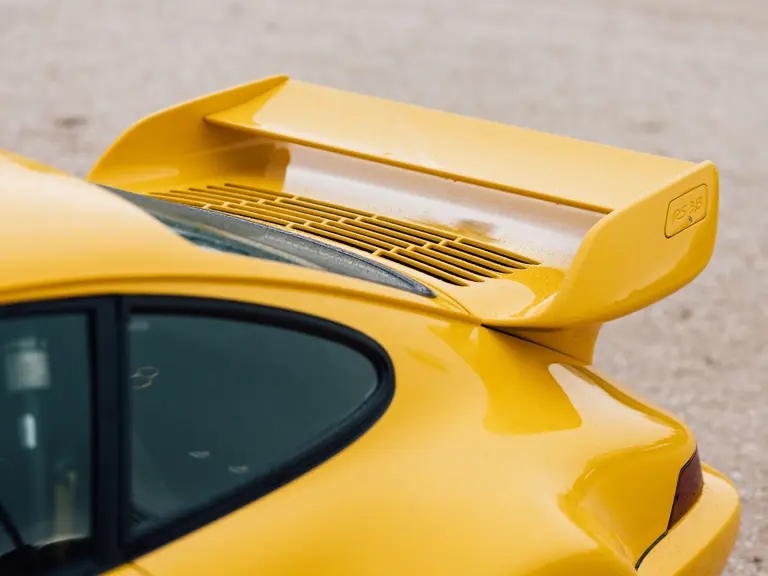
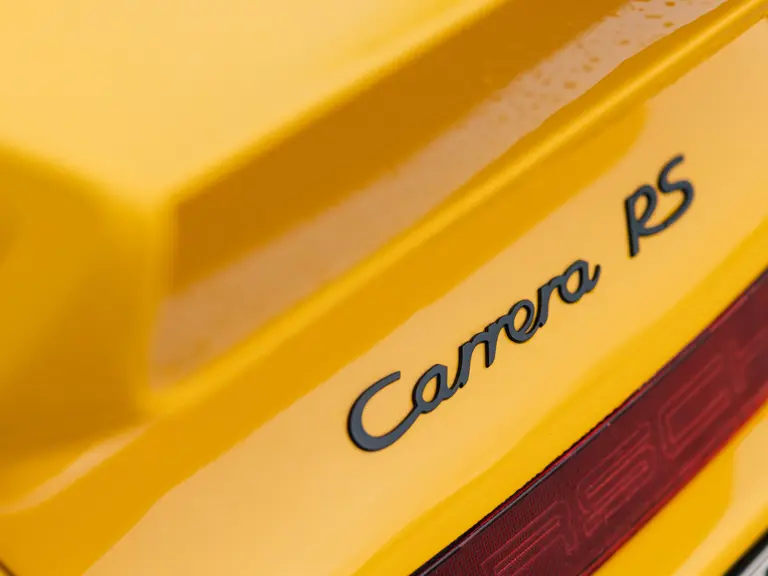
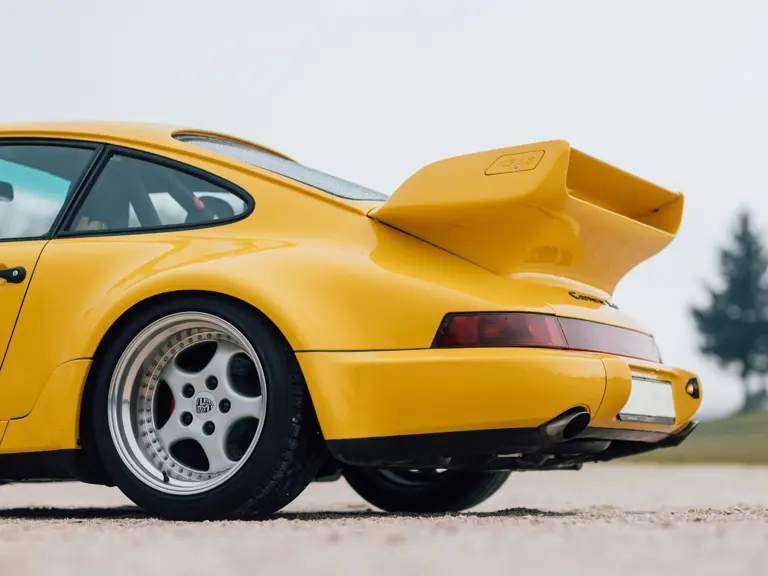
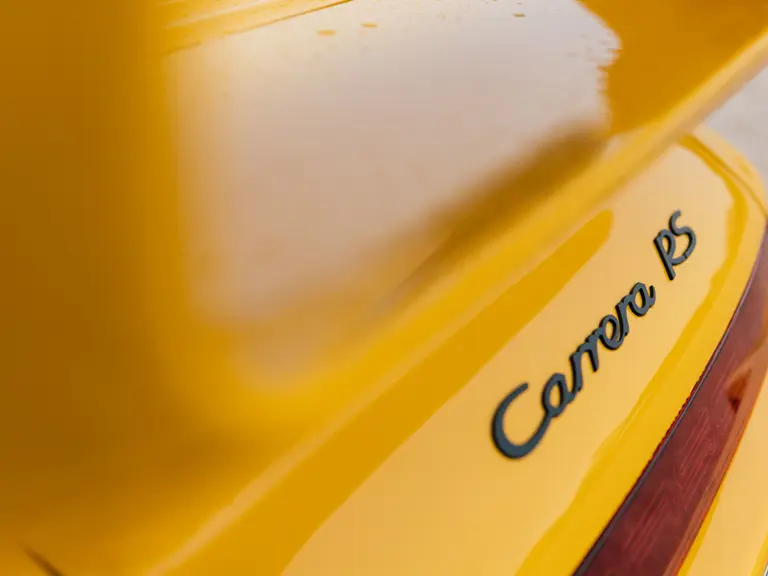
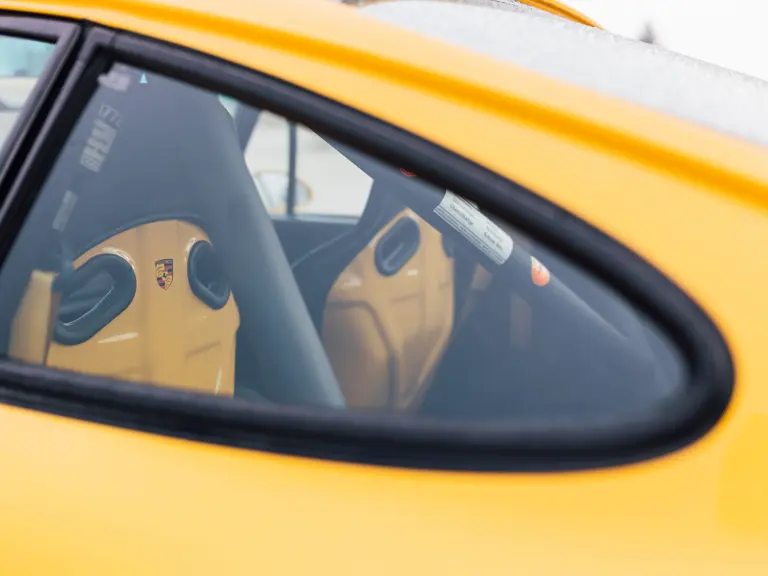
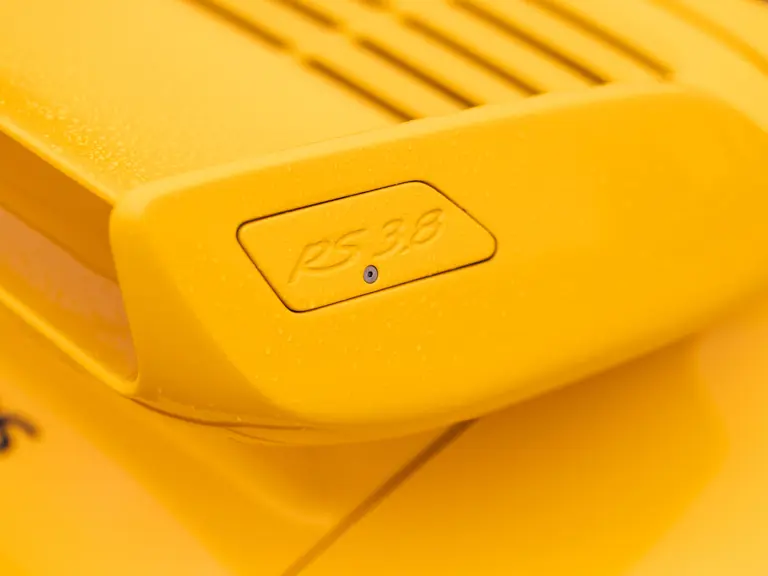
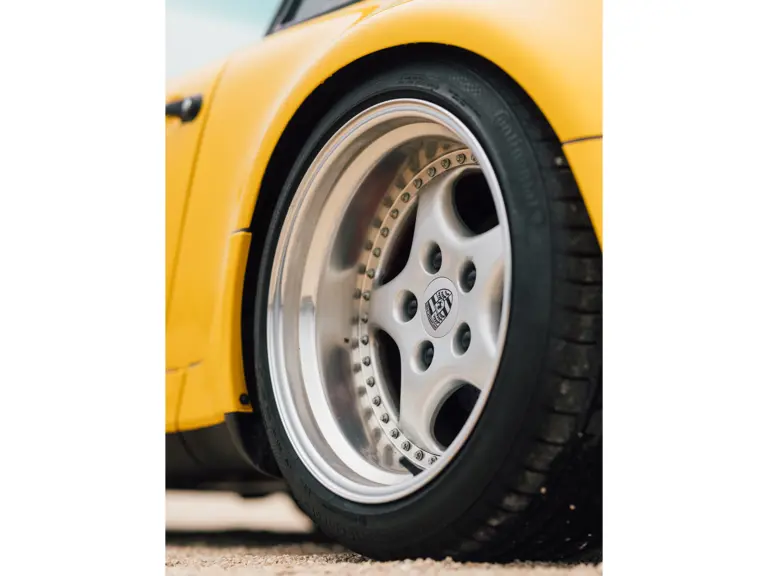
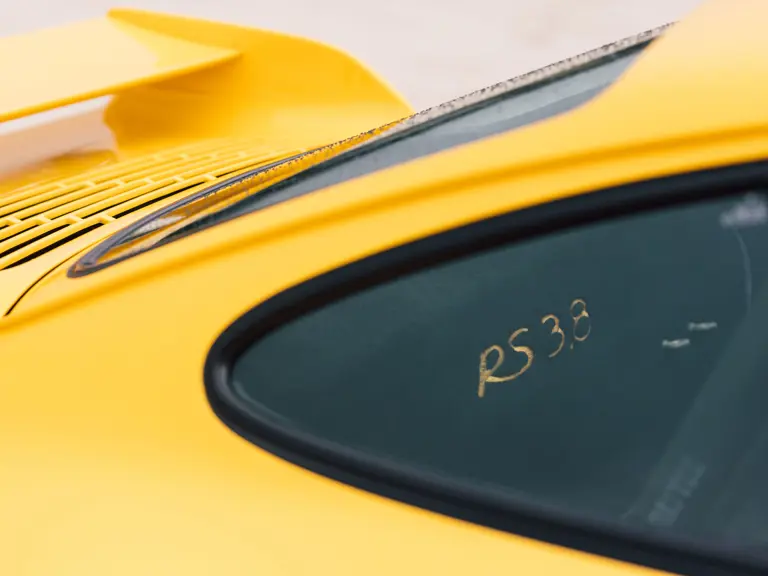
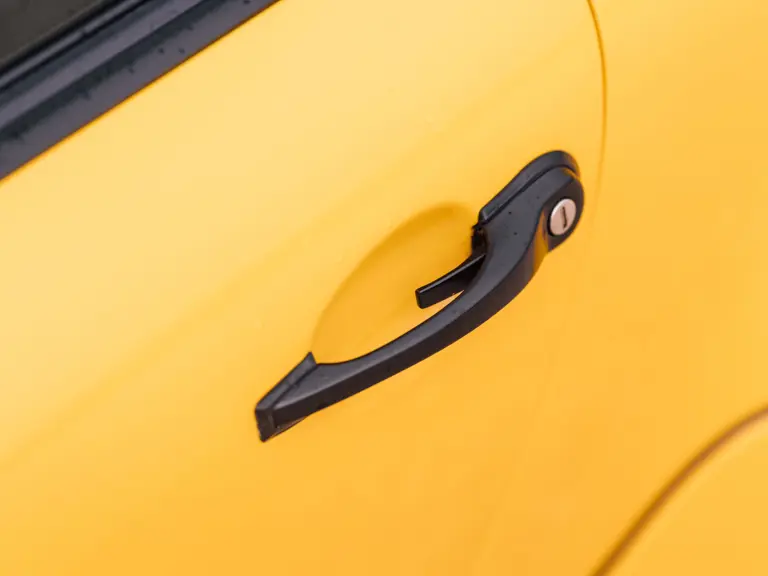
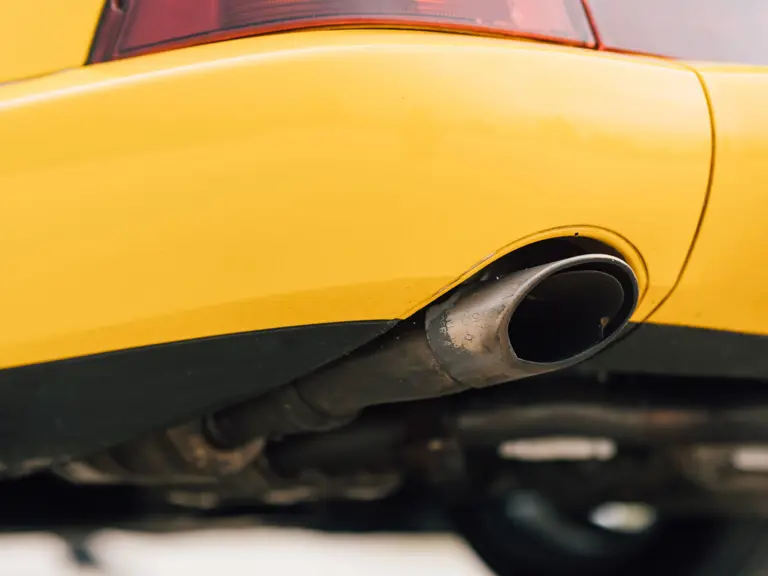
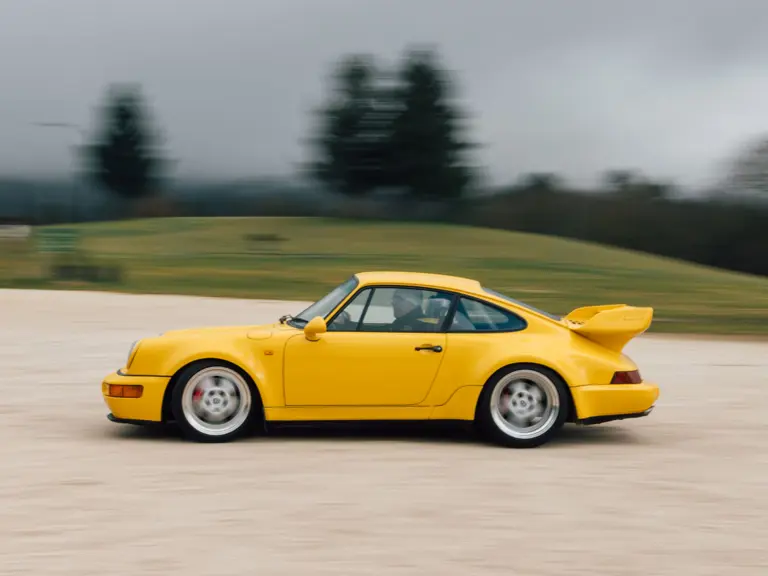
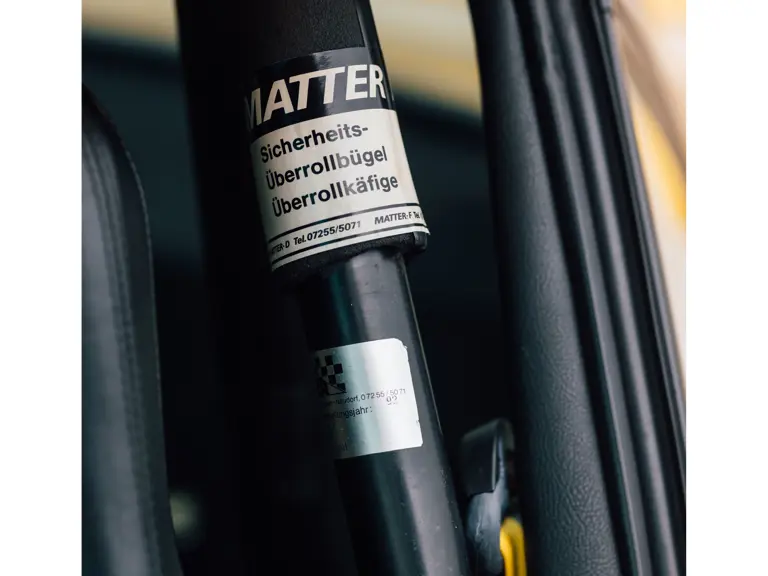
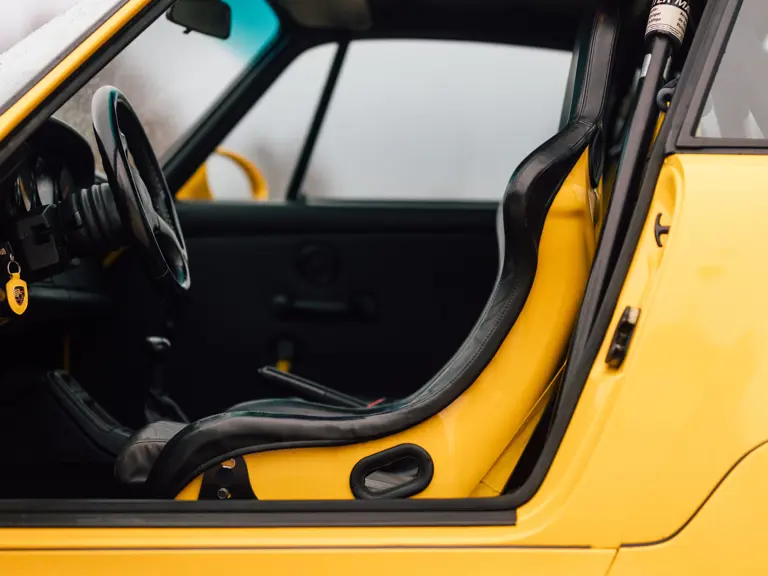
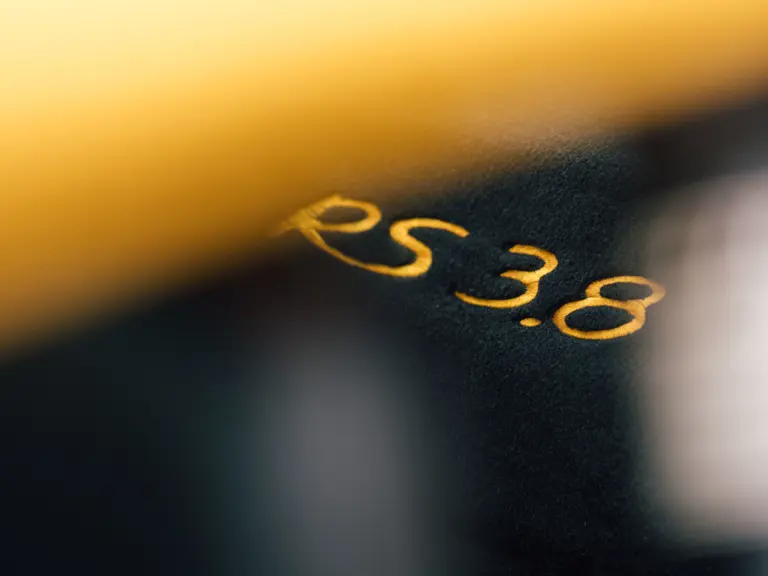
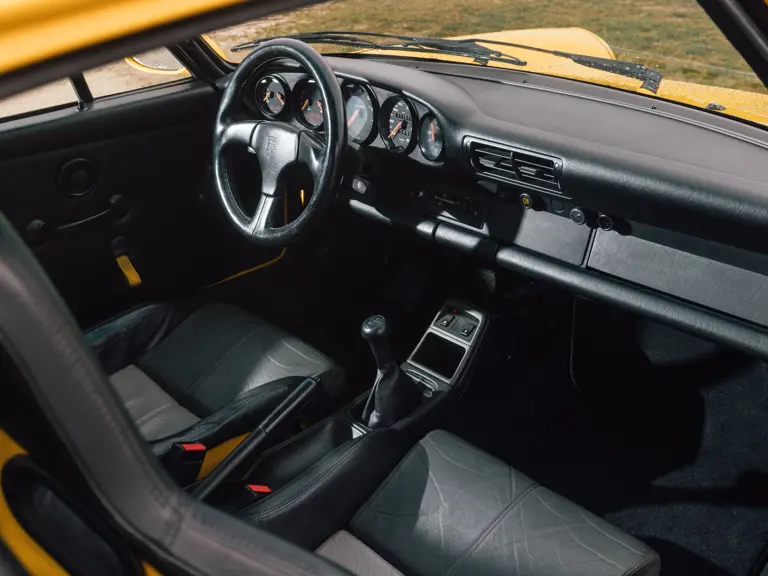
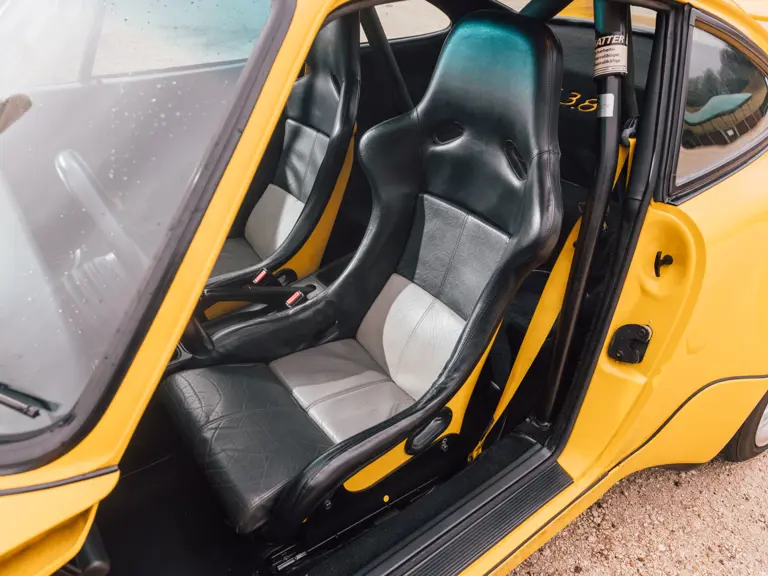
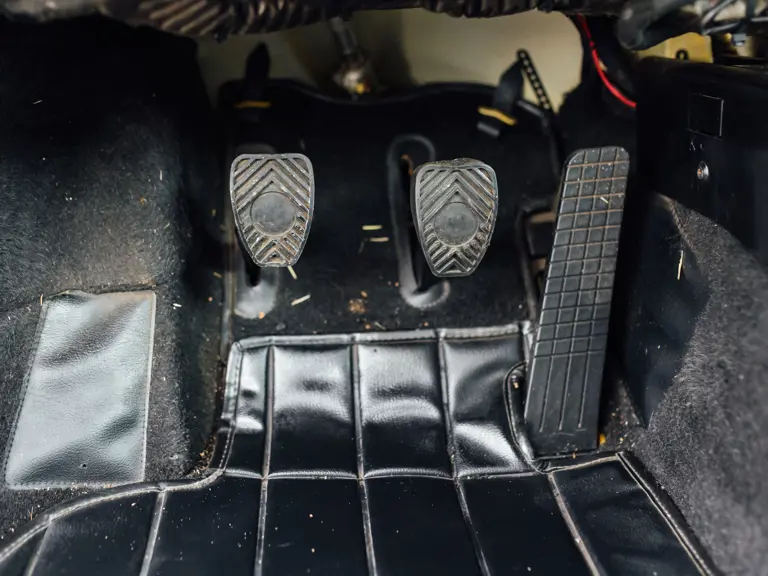
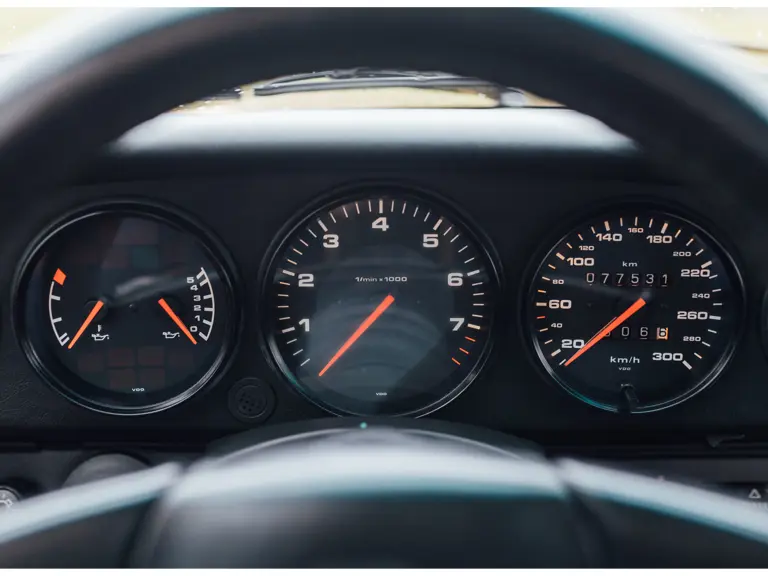
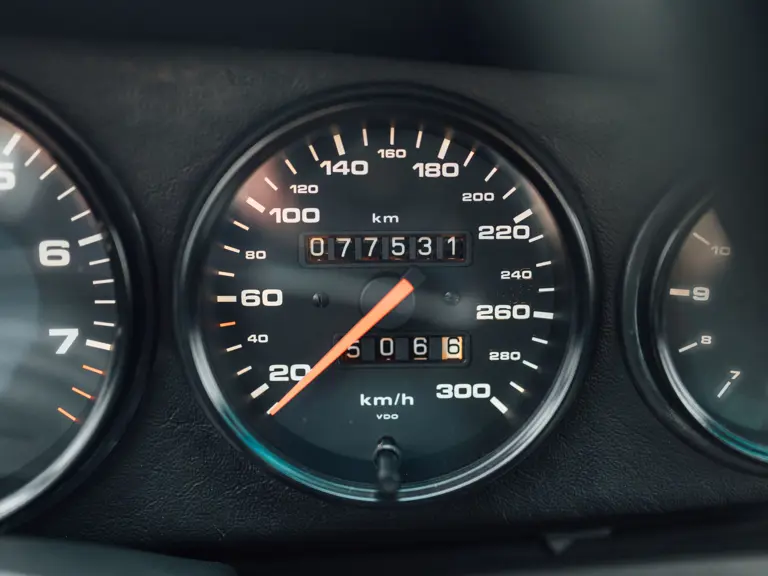

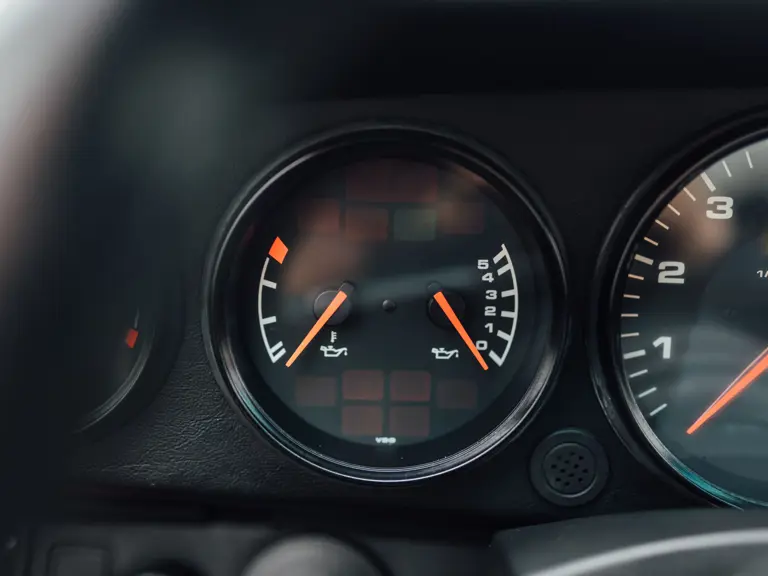
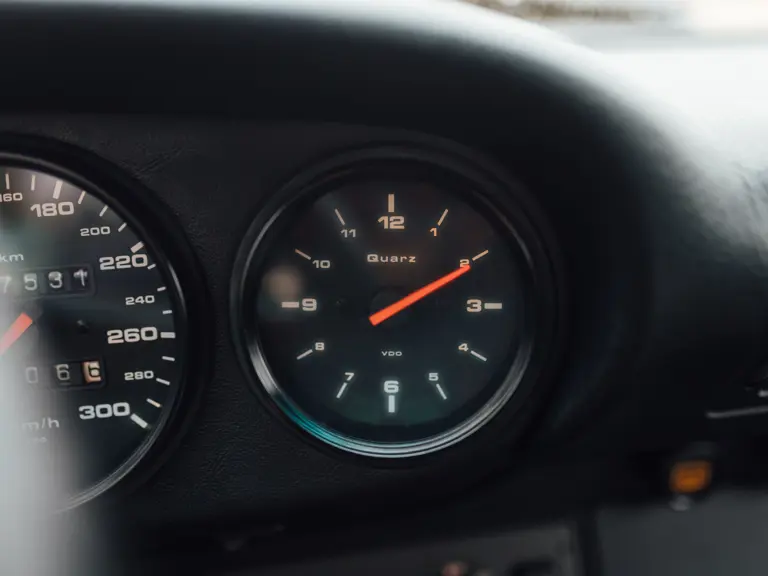
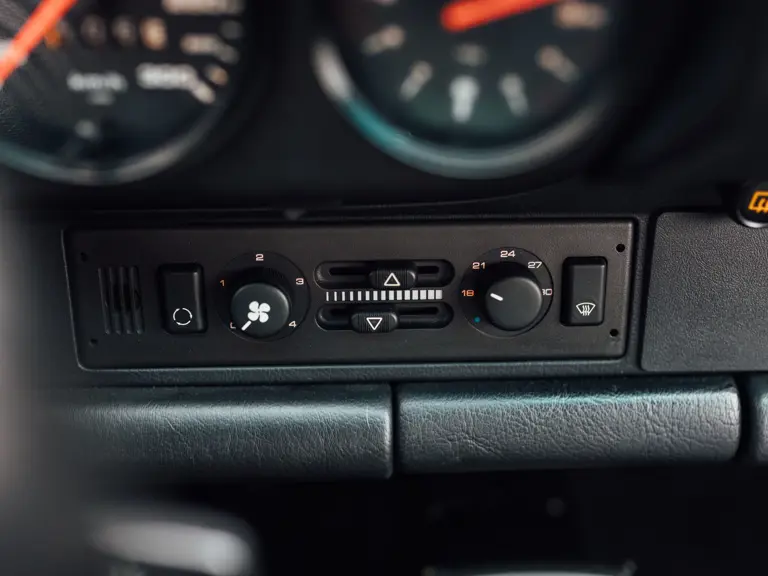
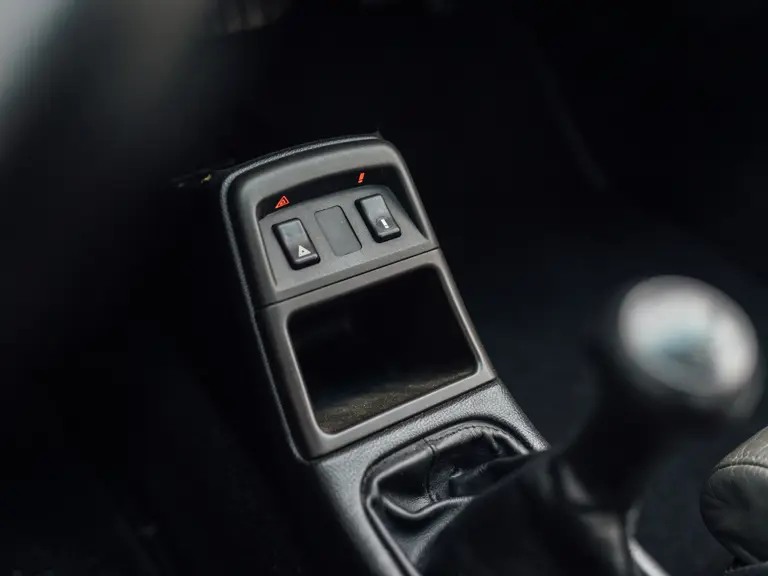
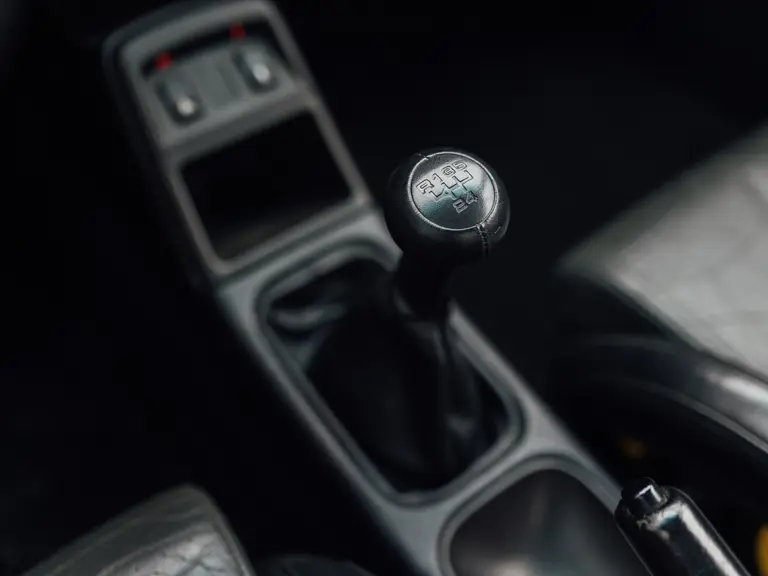
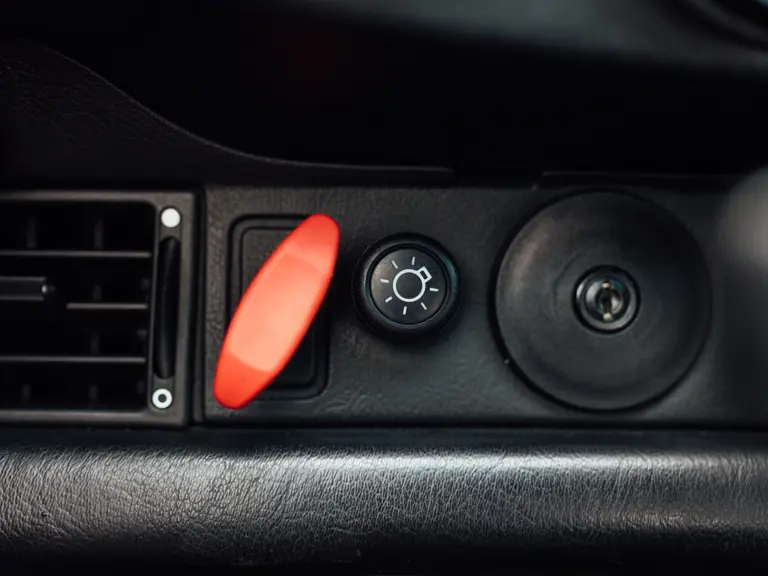
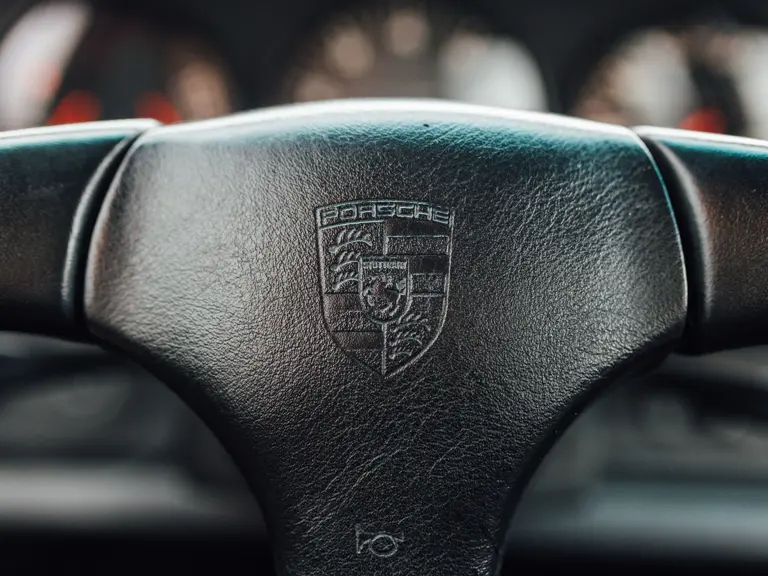
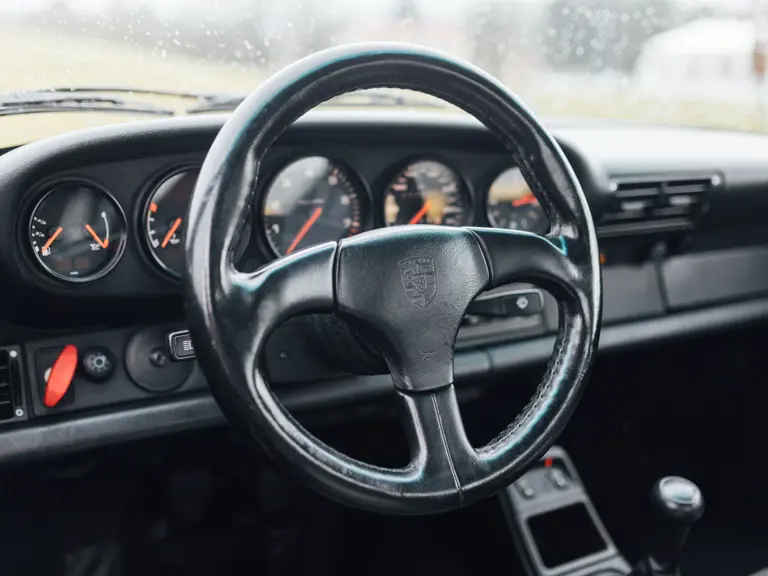
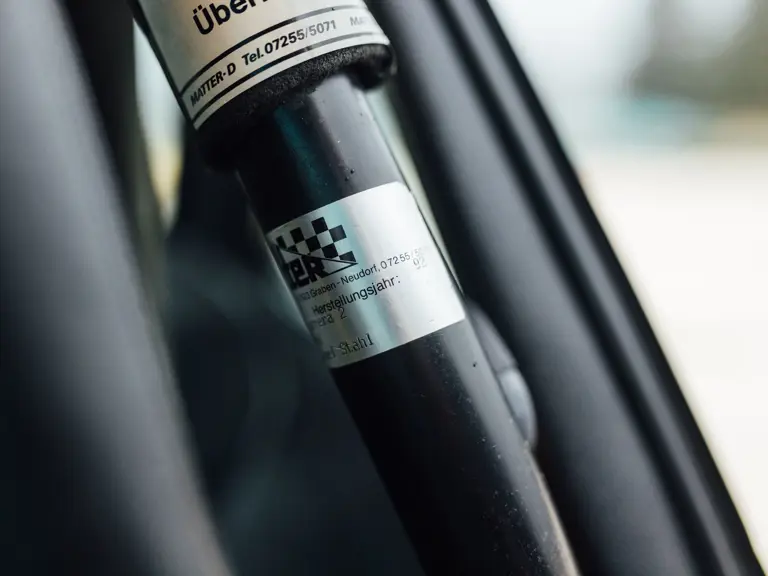
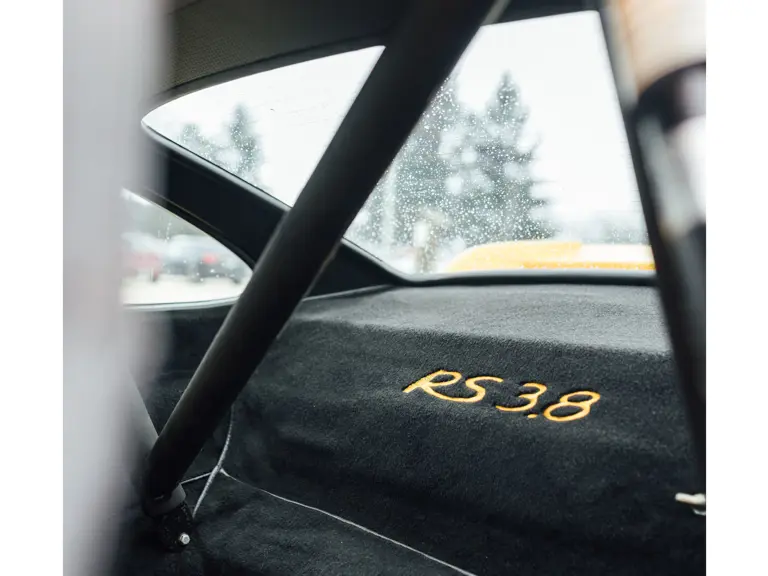
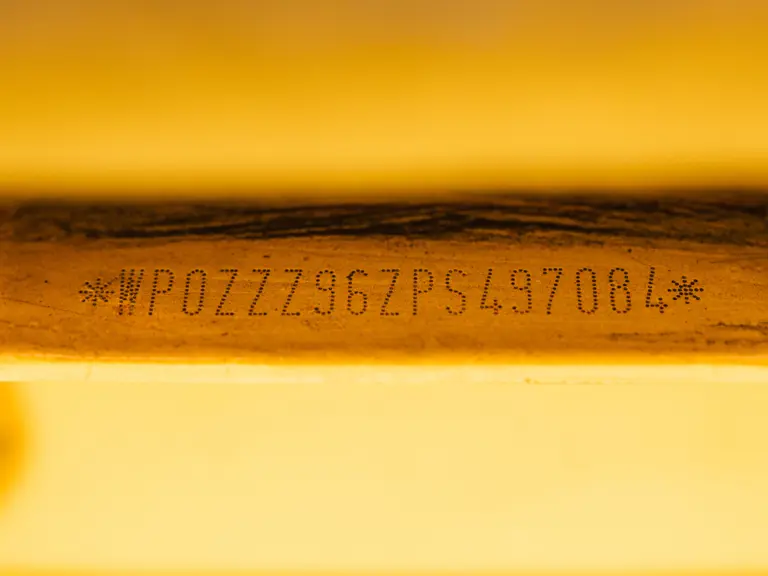
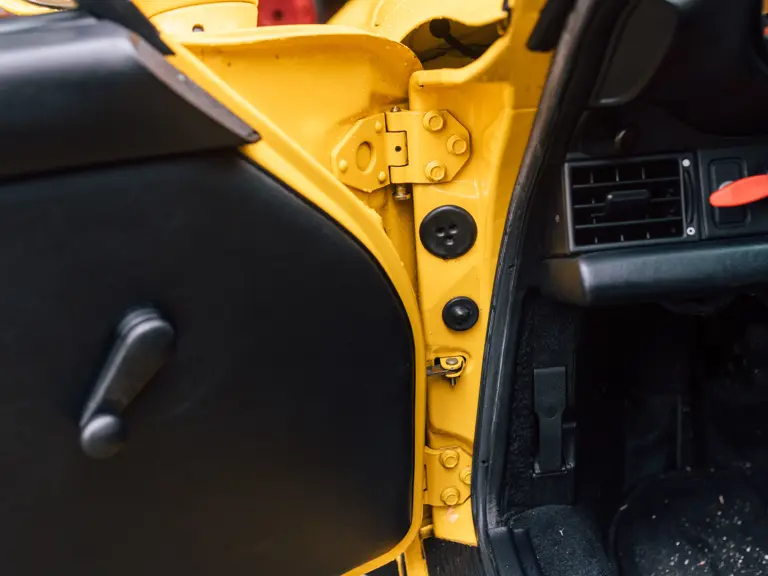
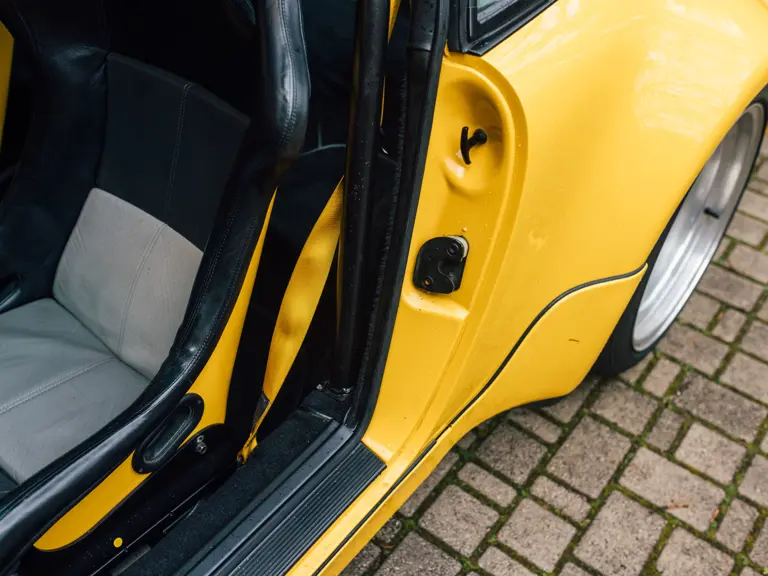
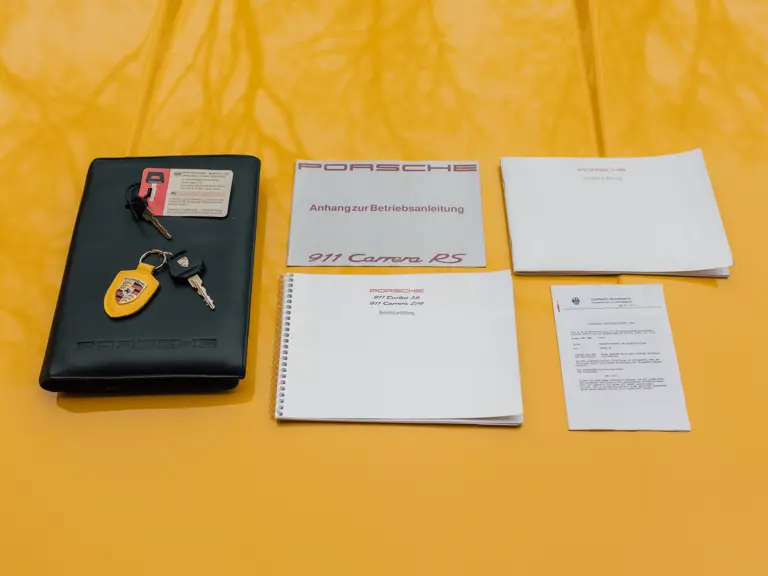
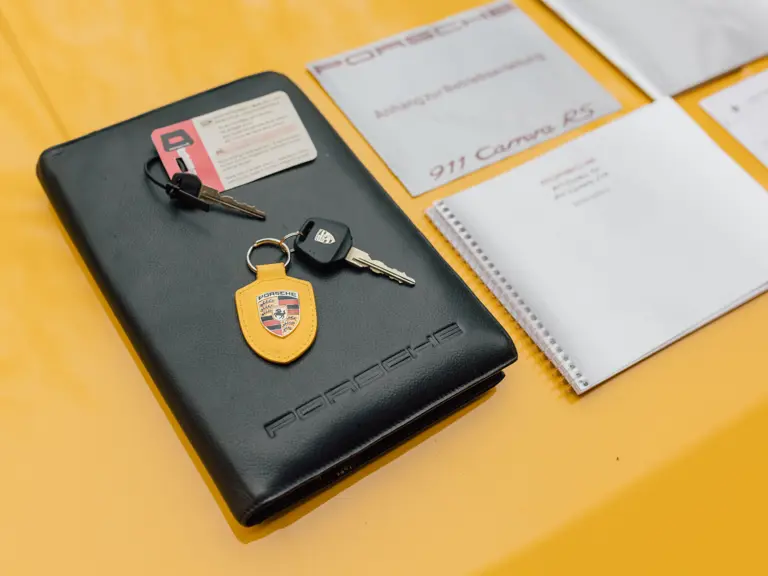
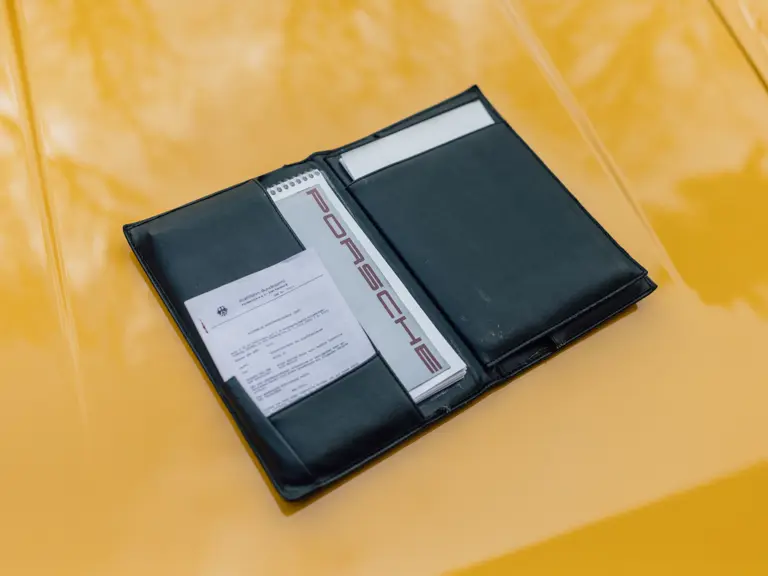
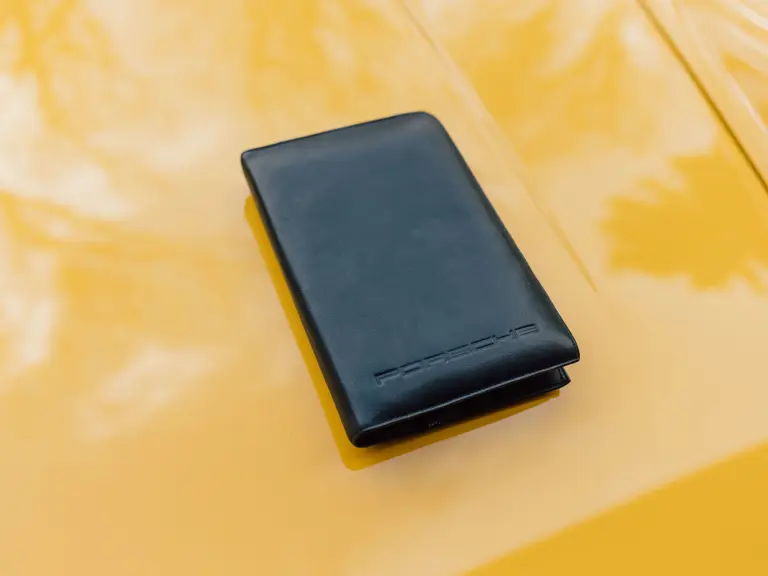
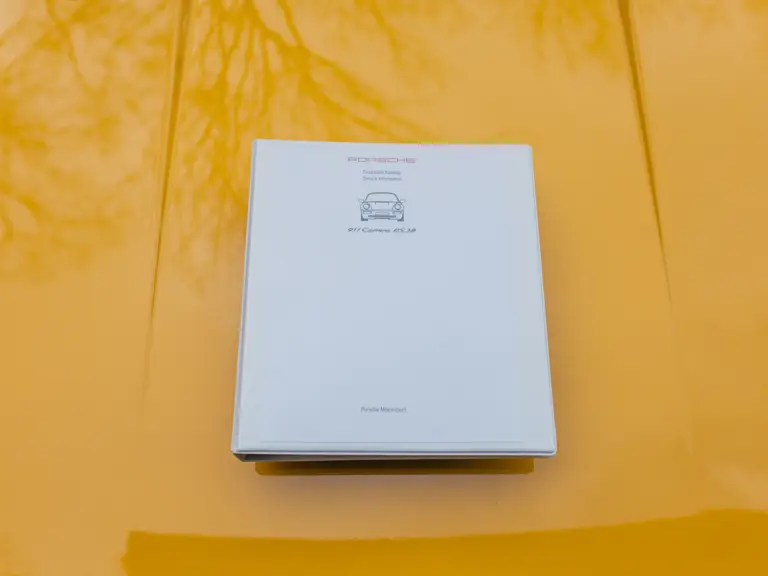
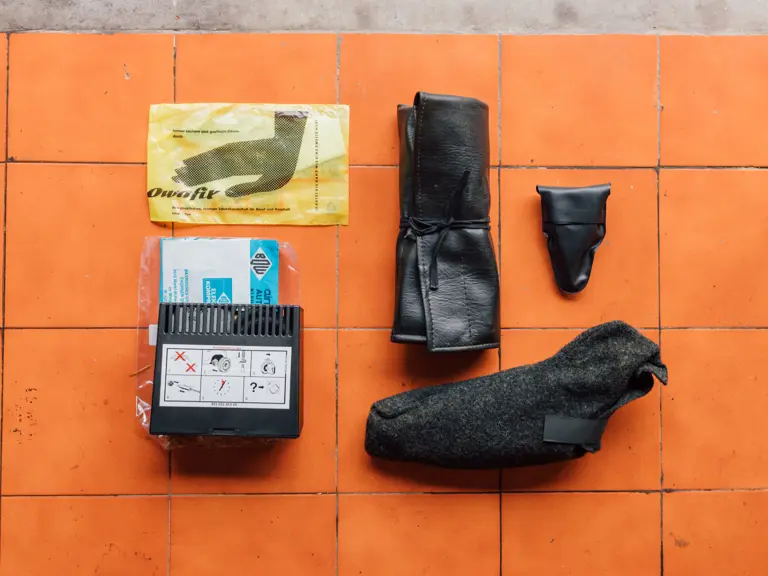
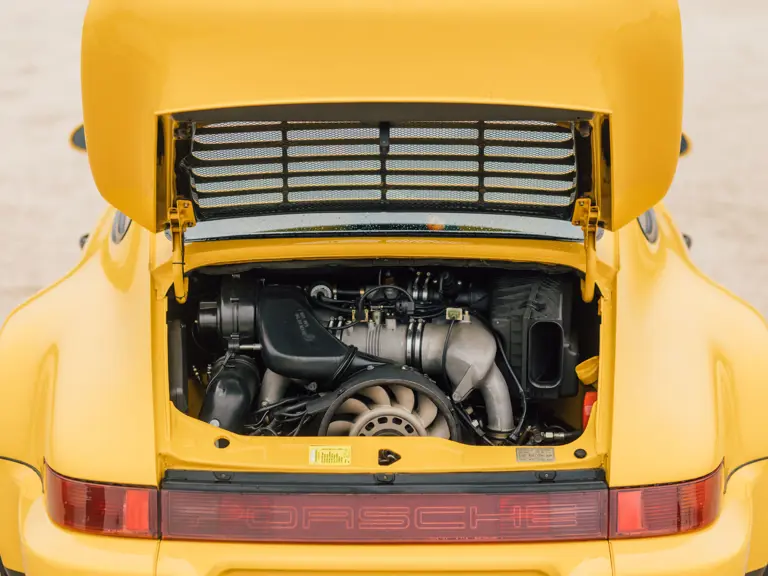
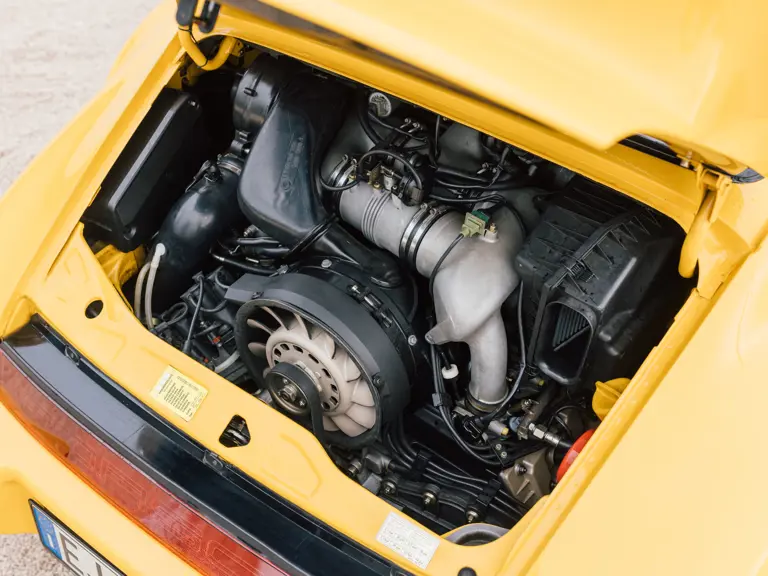
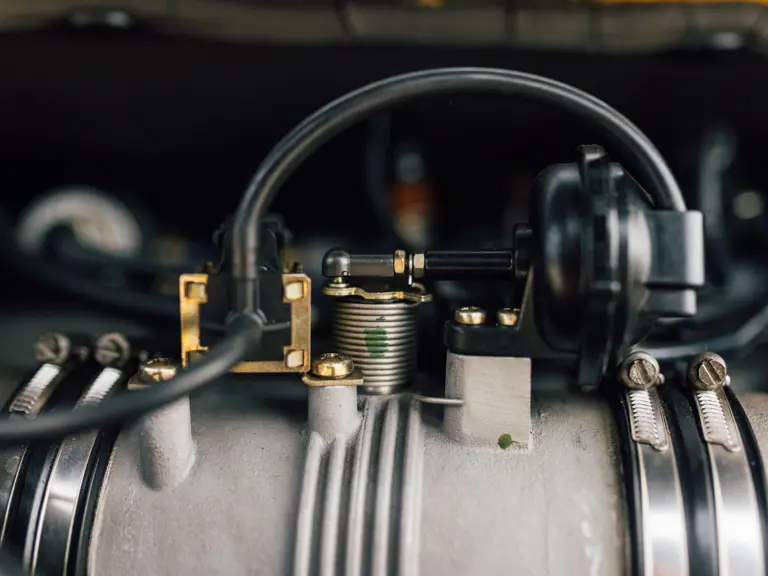
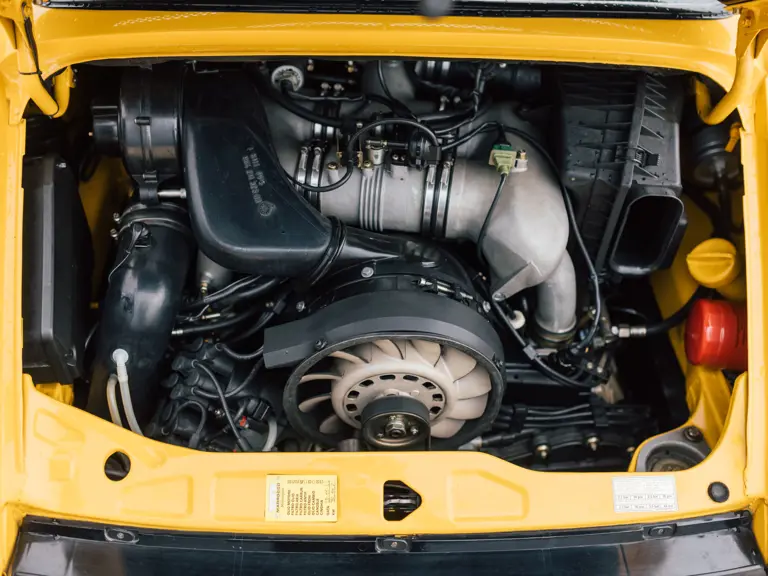
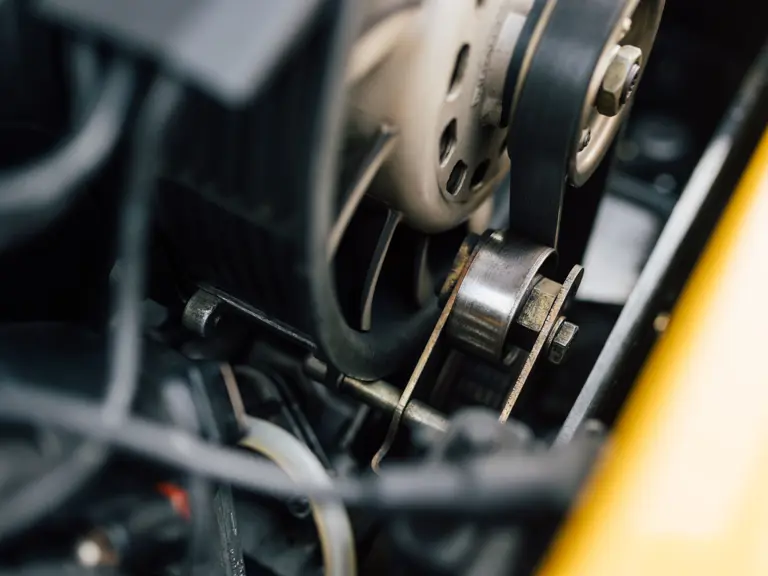
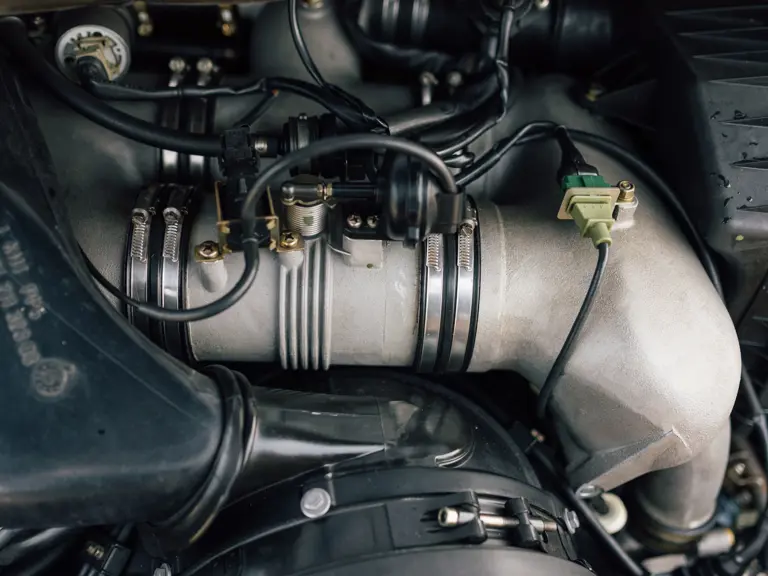
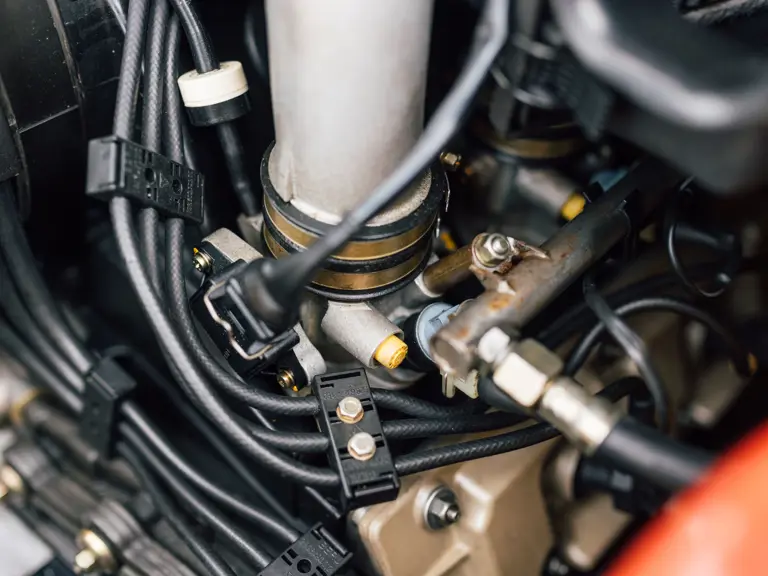
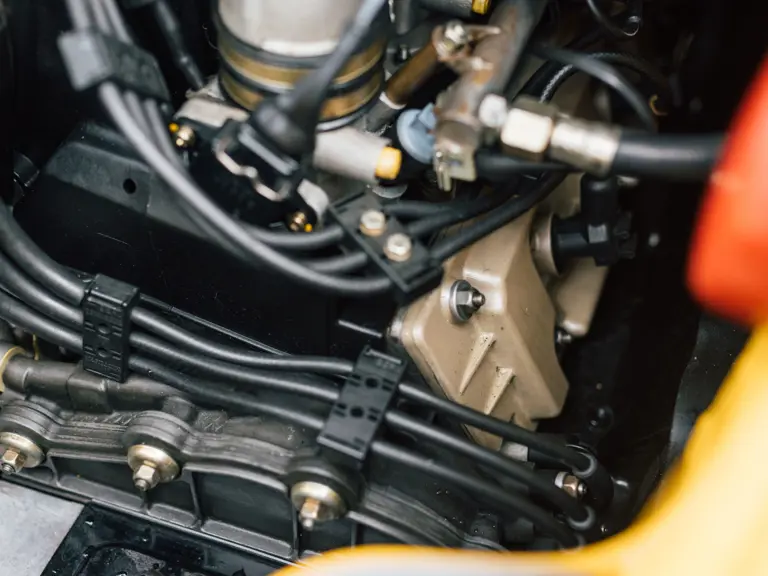
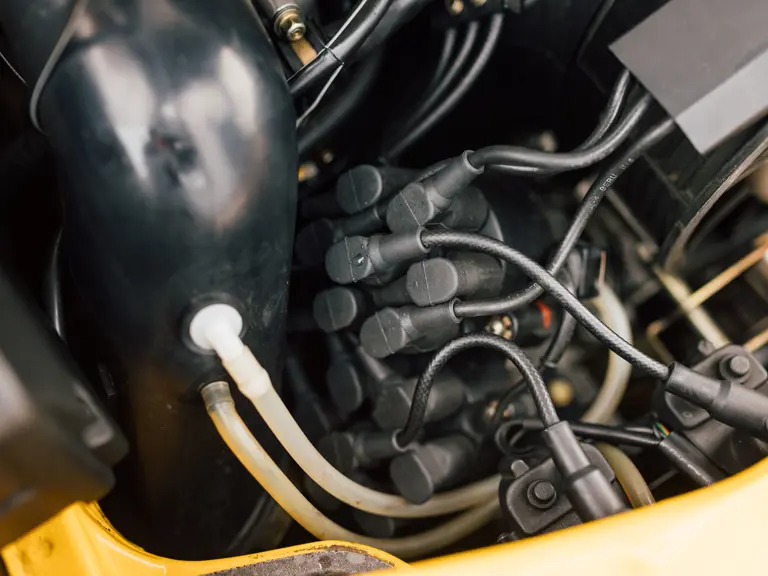
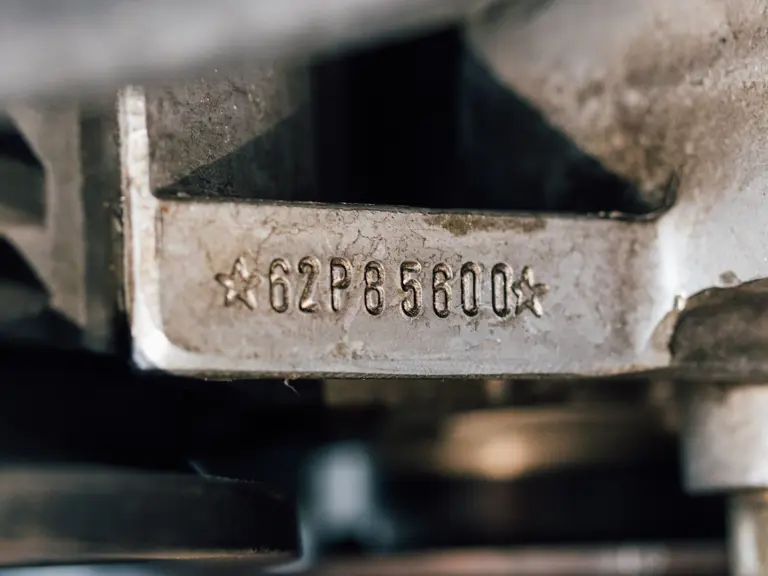
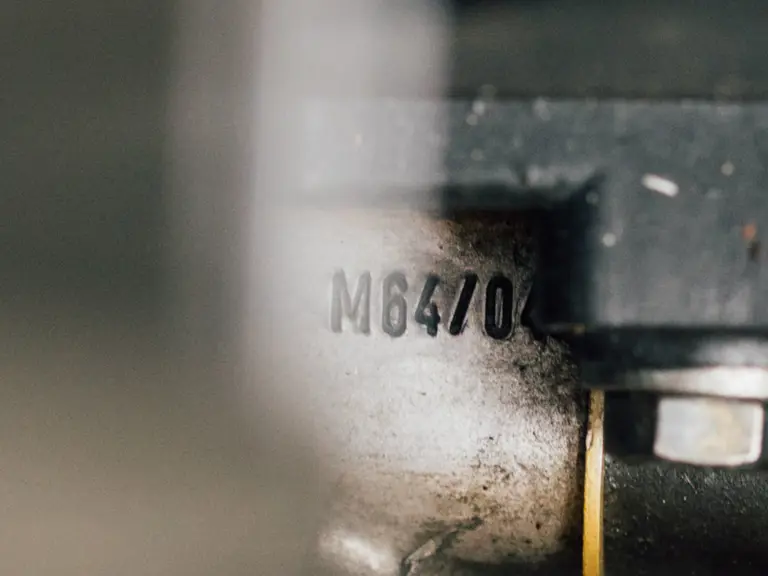
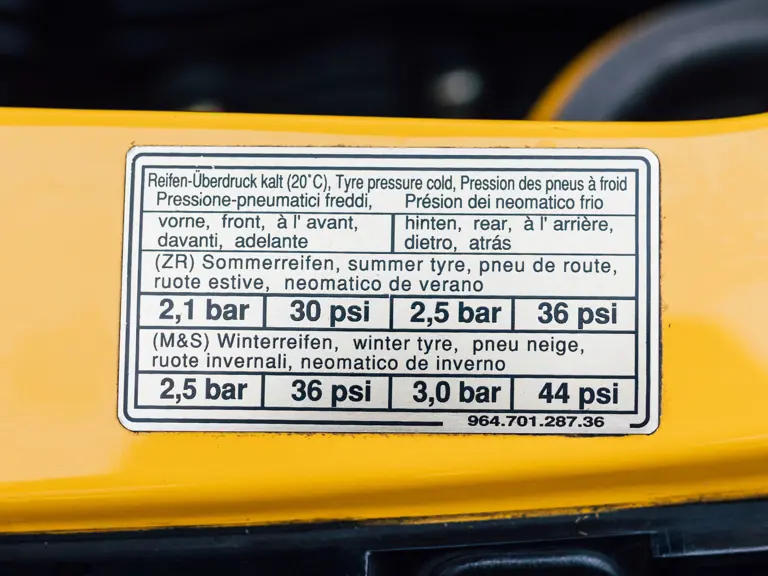
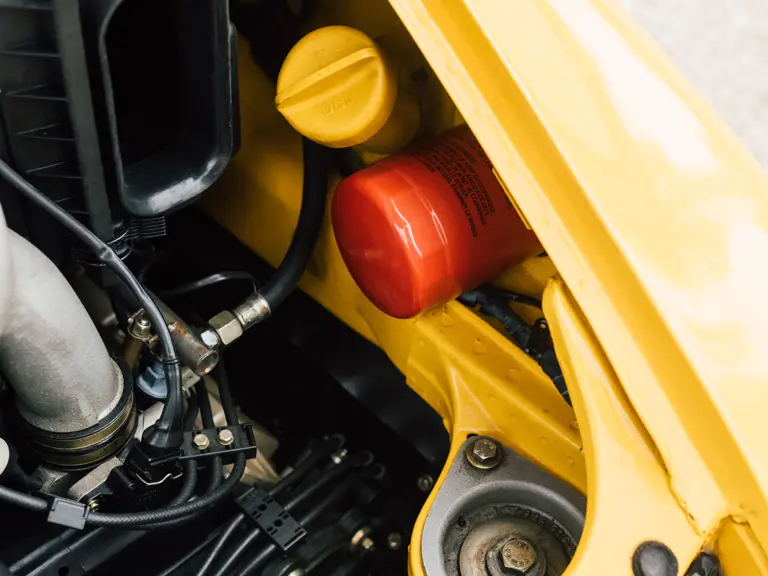
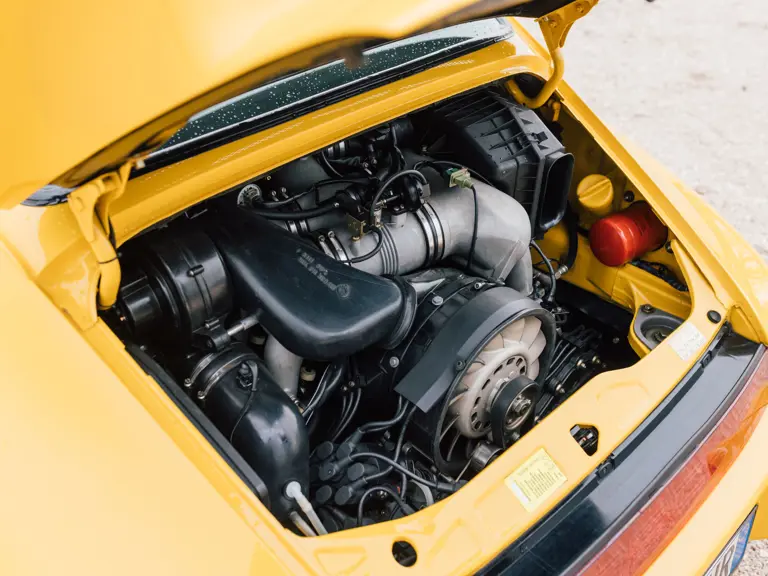
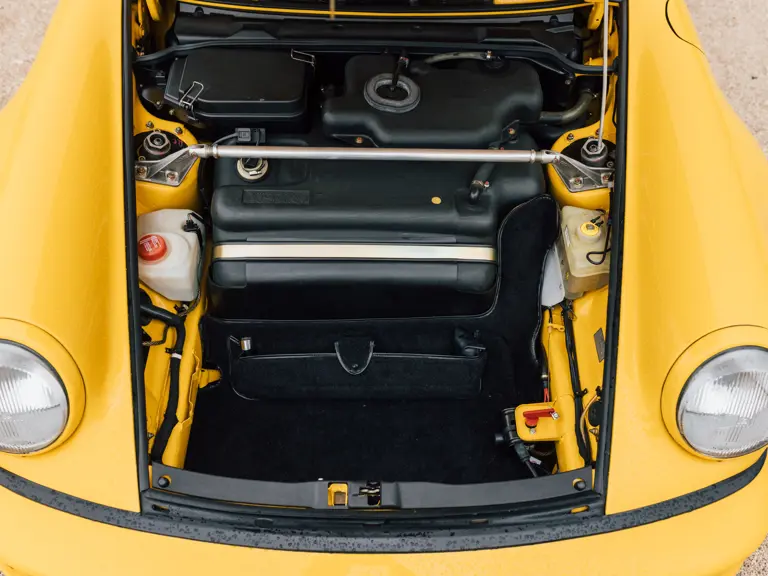
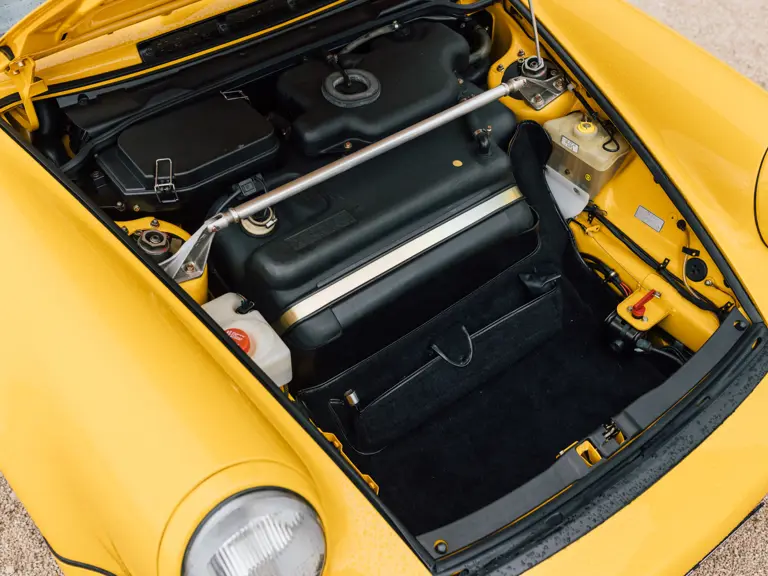
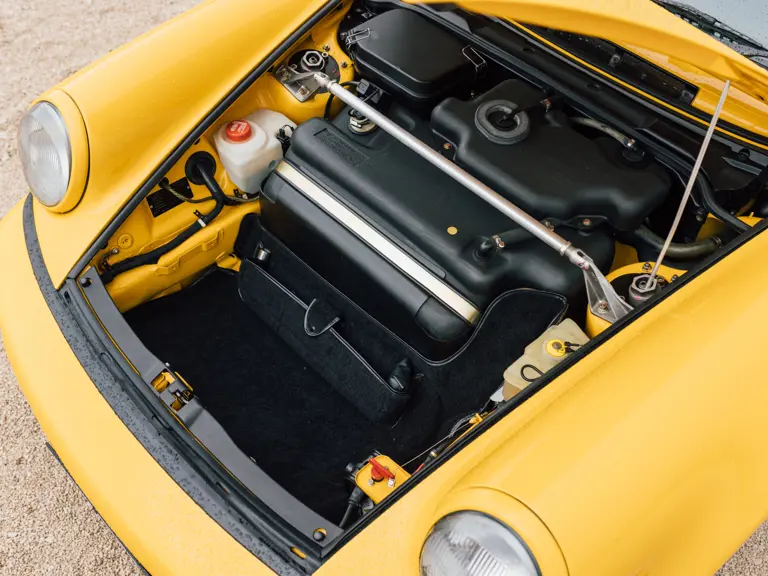
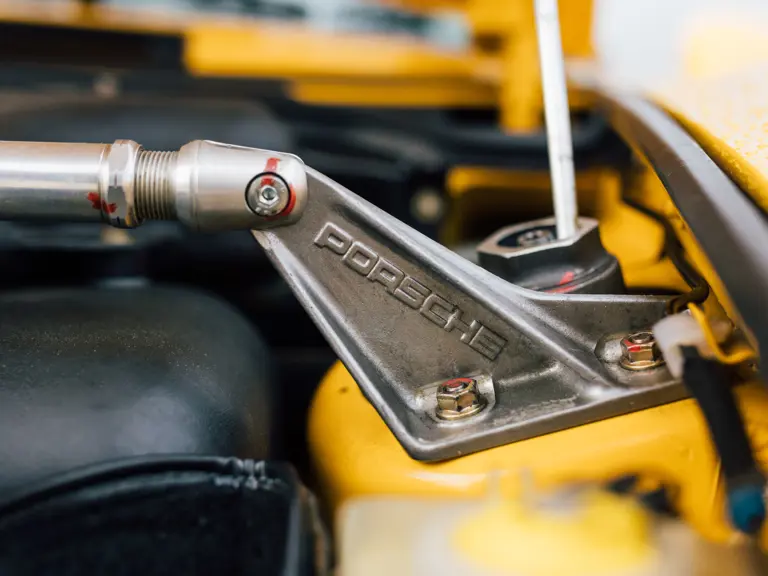
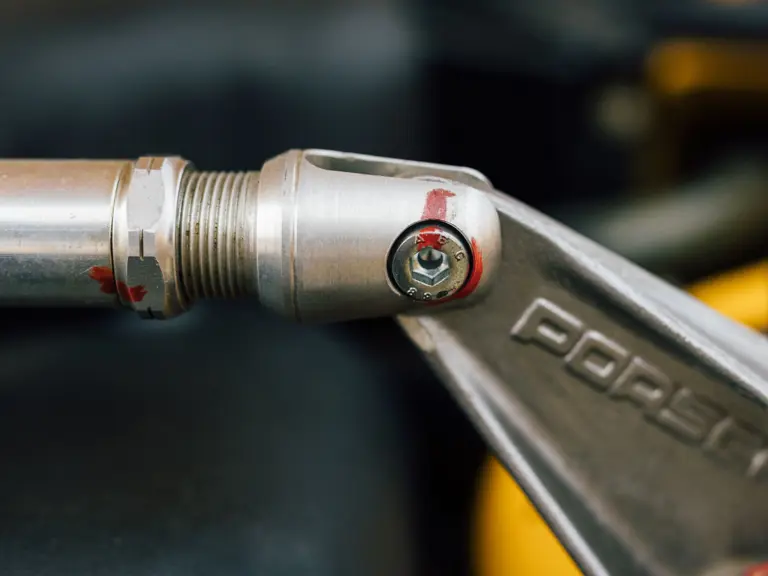
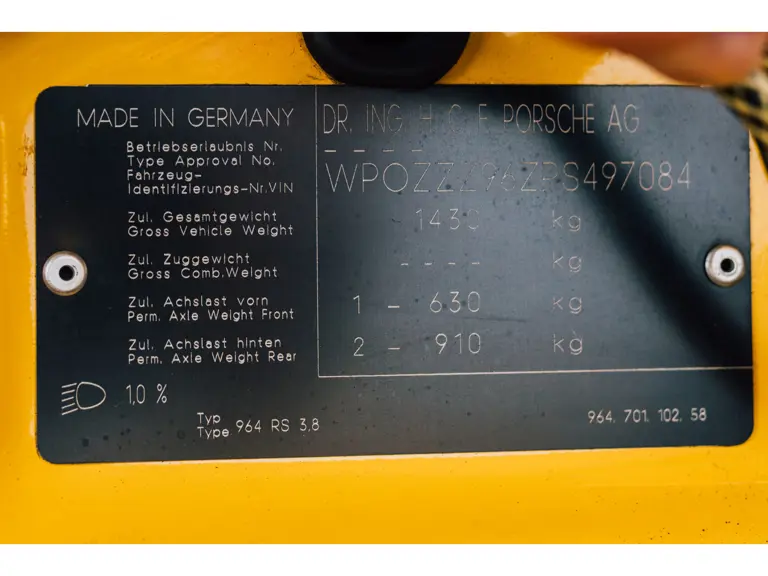
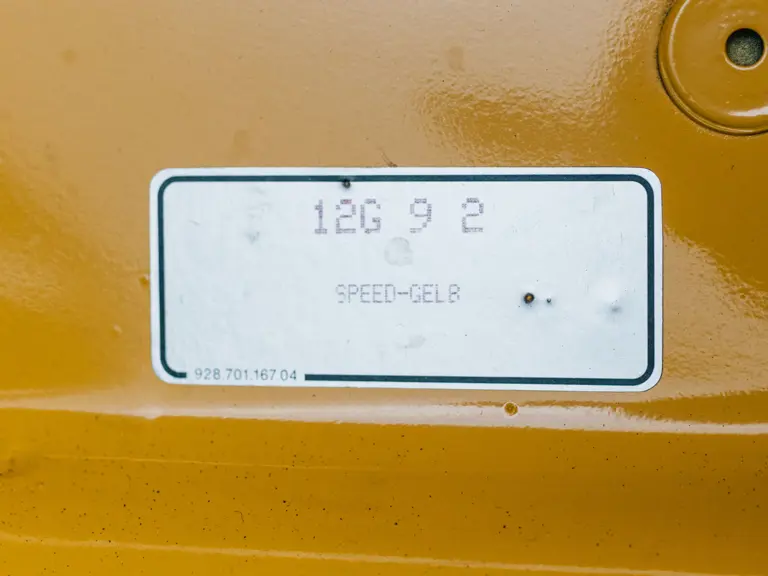
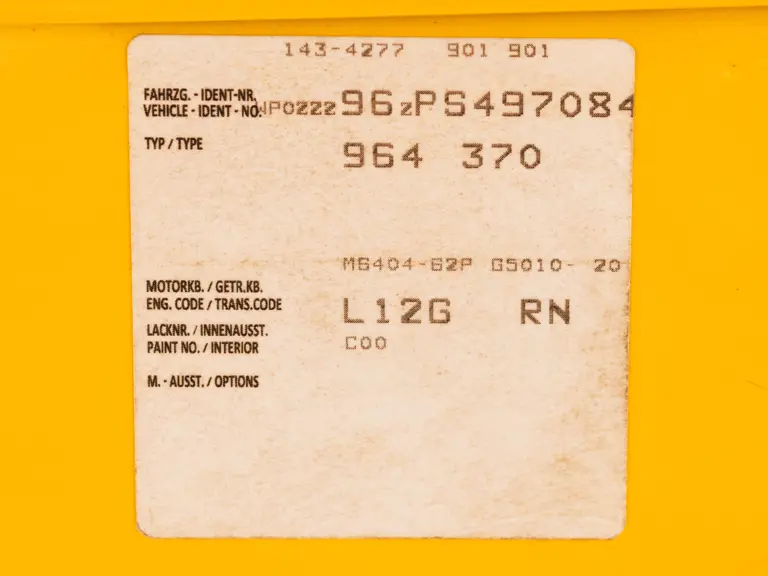
 | Paris, France
| Paris, France
